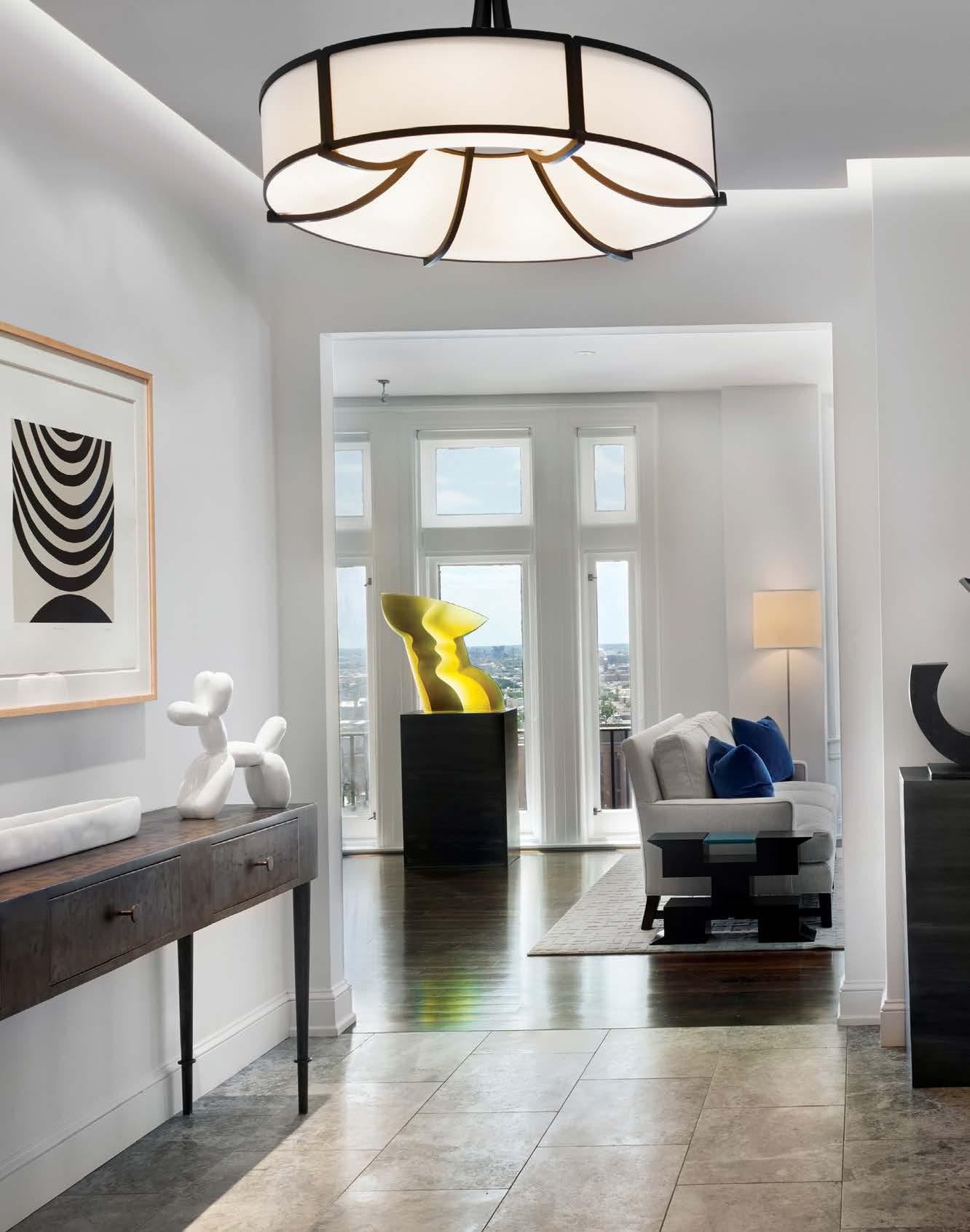DESIGN INSPIRATION QUARTERLY

HISTORY
ALIVE WITH: MCLAIN WIESAND


ALIVE WITH: MCLAIN WIESAND

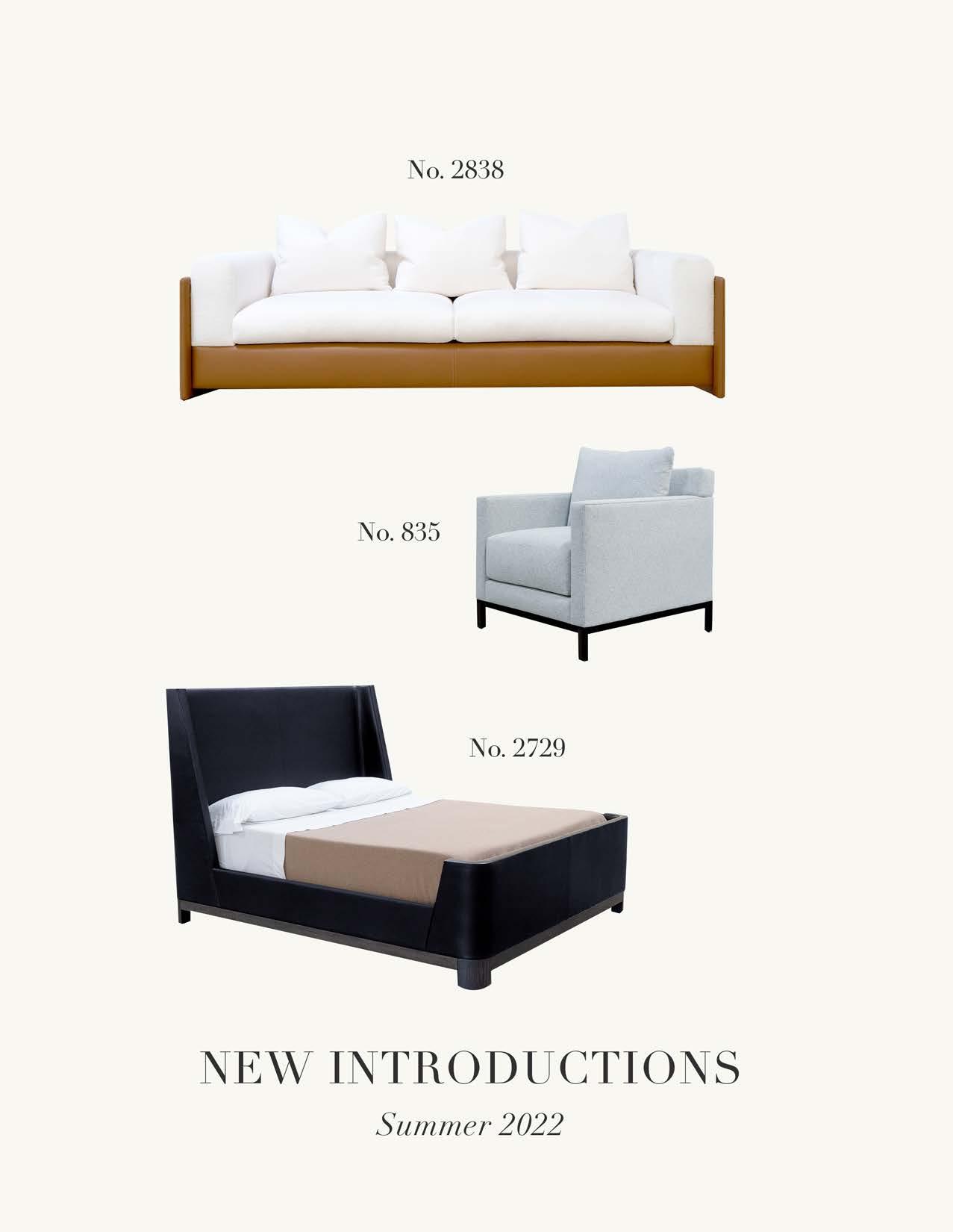



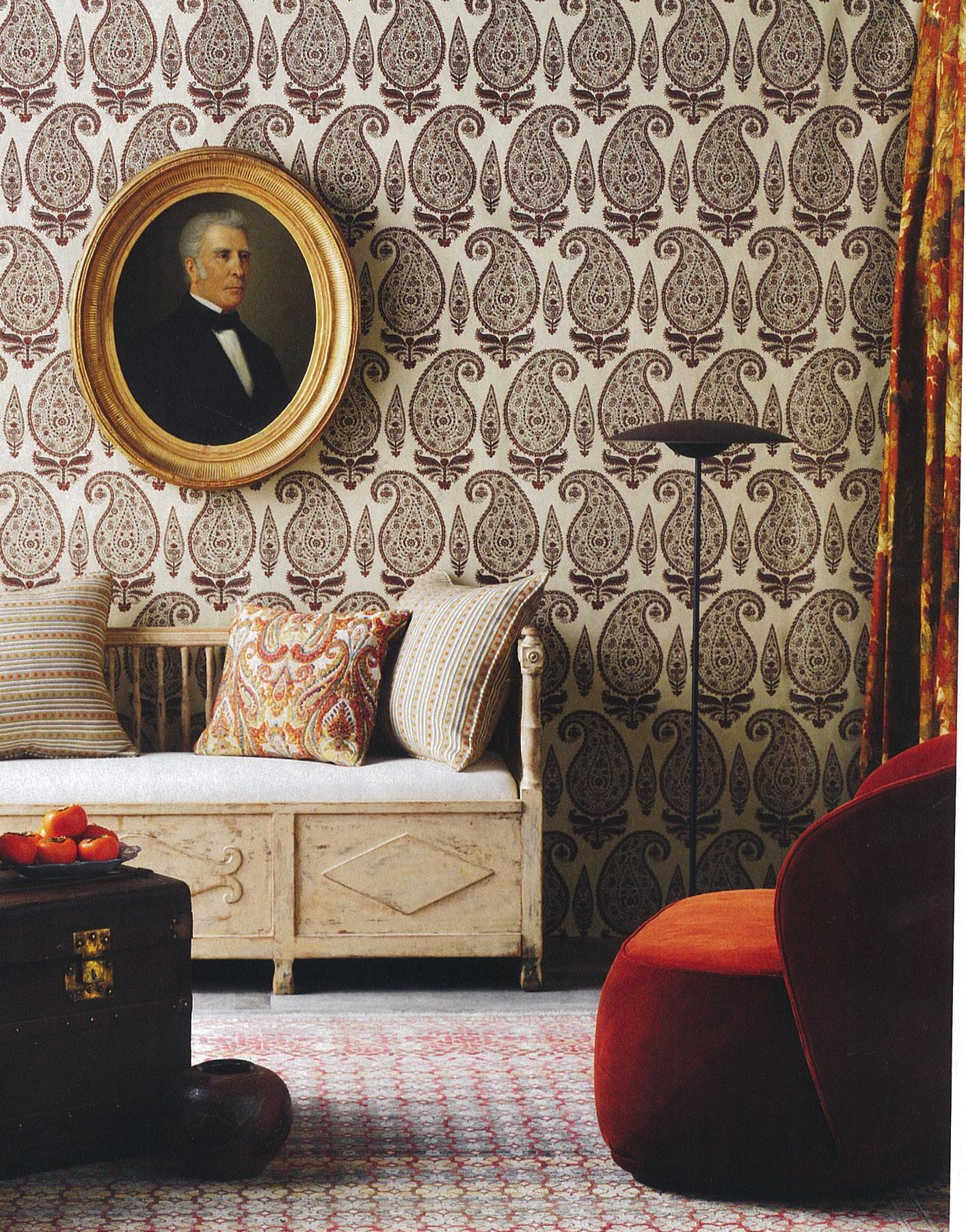
MICHAEL S. SMITH

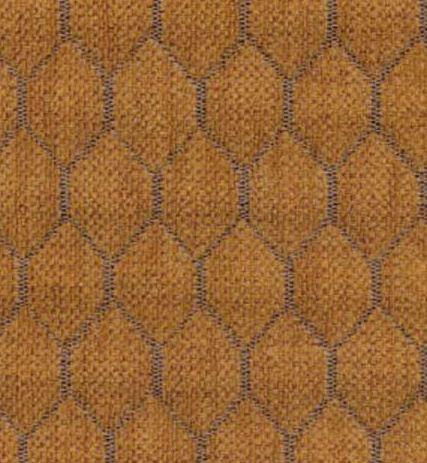


EDITOR'S PICKS: Sitka

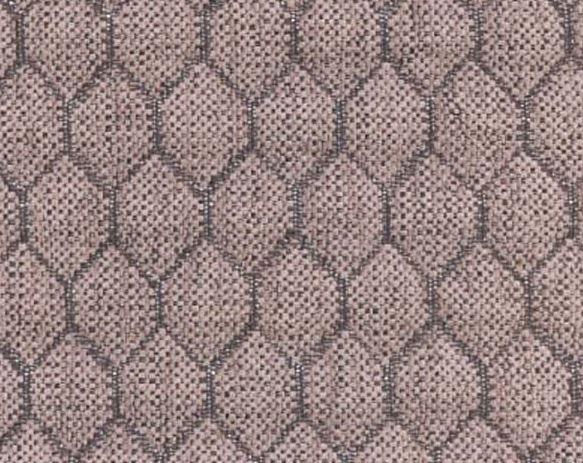
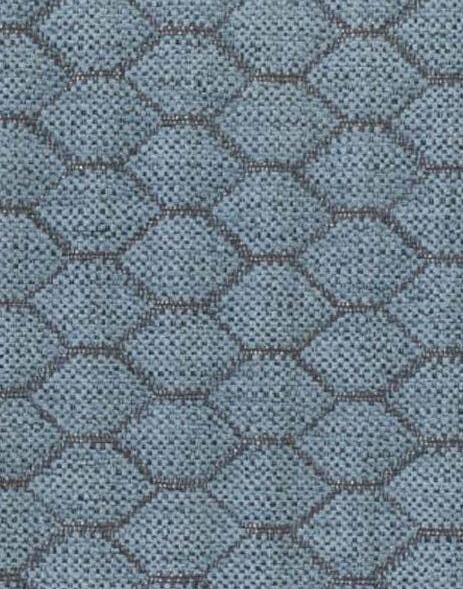
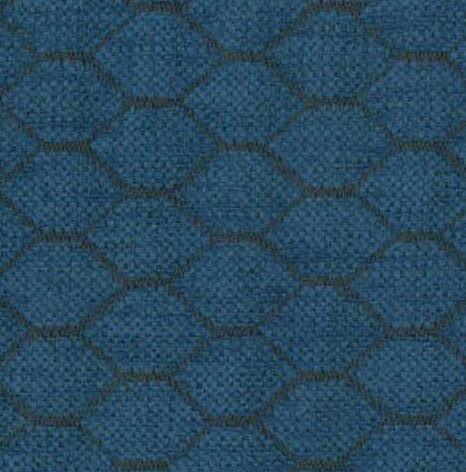


CANDY RED
SANDY WHITE
AND TRUE BLUE PROFILES 25 MCLAIN WIESAND: An Old-World Atelier for the 21st Century
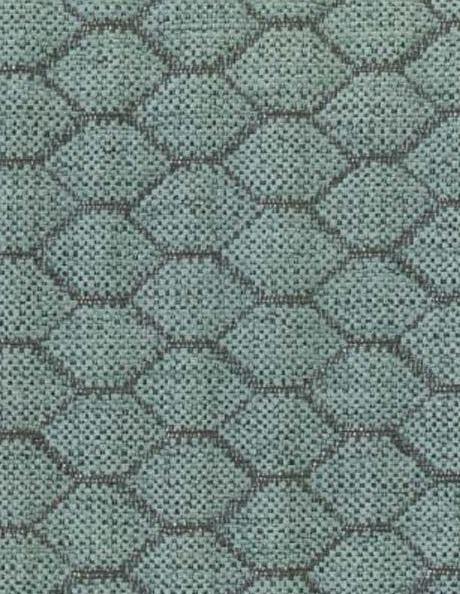

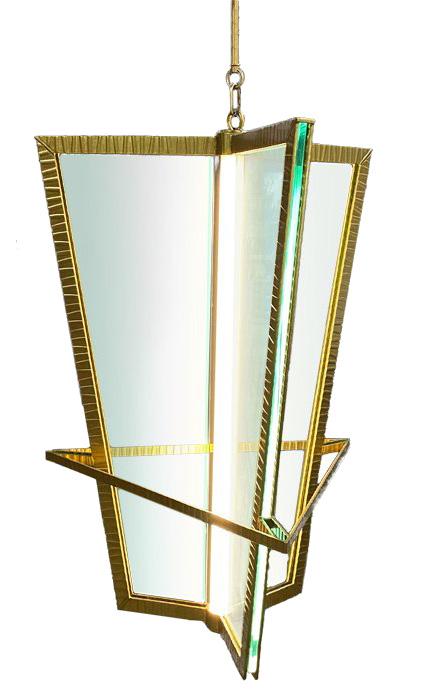

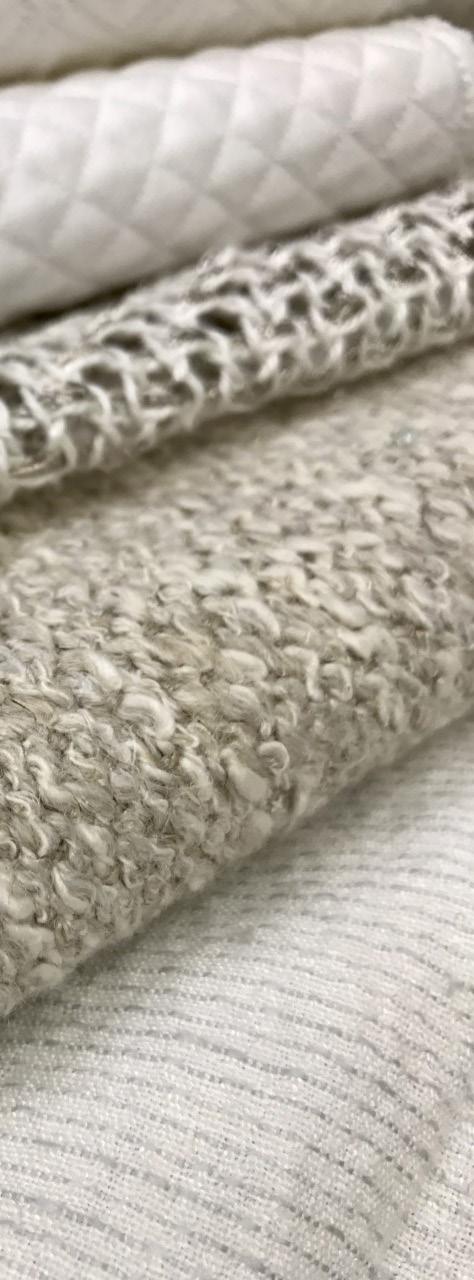


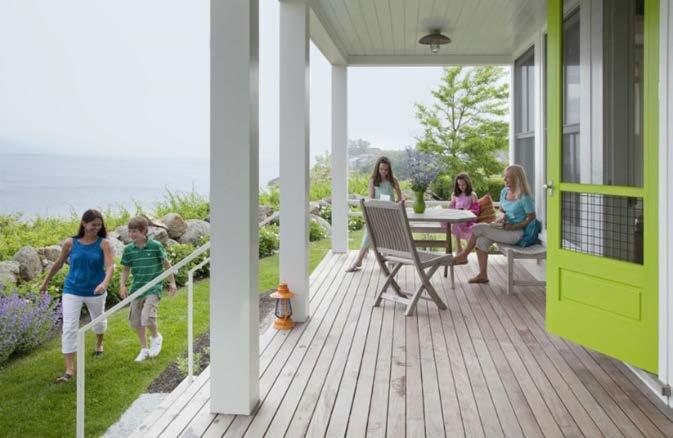


FOR THE FUTURE: Q & A with Erinn Valencich, StyleRow
FROM THE PROS: Summer Ends... Winter is Coming: Protect Your (Home) Investment


The second time around can be the most challenging. What if the second batch of cookies doesn’t taste as good as the first? Just an example. That’s the challenge we face in developing our second installment of our design quarterly. Hopefully, you enjoy this issue with as much excitement as we do!

The summer has been moving fast. I’ve visited some of our manufacturers, planned for new showroom displays and even dreamt up a few new programs to share with you all in the coming weeks. No rest for the weary as they say.
I was very fortunate to spend Nantucket by Design Week with two colleagues that I not only respect, but also admire and adore. During that time, conversations occurred about the needs and visions of what our design community could and should be, and through our chats we seemed to solve the world’s design problems. I think what struck me most about our time together was that we as colleagues rarely spend time as friends, where we can share our experiences and enjoy camaraderie. There I was feeling like this latest magazine project would be the hardest and unknowingly I was in the company of others who have faced similar challenges, albeit different situations.
So, in moments of quiet or otherwise, when you are having good times and bad, REACH OUT. And think about sharing your concerns and fears. Communication is what we need to build, grow, and sustain within our design community. Or more importantly as a dear colleague, Kathleen Hay, suggested in her Nantucket by Design Masterclass, “Shouldn’t this be FUN?”
Have a great rest of the summer, and as I’ve always been told…September is the best summer month in New England!
Have Fun!
ERIC HAYDEL Creative Director eric@m-geough.com

elcome to our late summer issue, Coast to Coast, taking you from Eastern seaboard style to Pacific waters! To celebrate, we’ve selected our favorite textiles and wallpapers in color stories of Candy Red, Sand White, and True Blue to enhance your summer decor.



Gracing our cover is the fabulous painter Sitka from Sitka Home Art Gallery (also featured on the right). His still life work is stunning, the florals jump off the page and would be a focal point or conversation piece in any contemporary or traditional setting.
Our feature stories include Evan and Spencer Rudin from A. Rudin and their family's four generation journey to the pinnacle of luxury furniture, and McLain Wiesand owner David Wiesand’s insight into their creative processes. We also have the history behind Mulligan's Furniture and Lighting and their famous cow!
Erinn V. is back and this time with an extensive Q & A on high stakes “Fundraising for the Future.”
Additionally, we provide some history about lobster rolls, local recommendations for creamy oysters and refined caviar, and shopping suggestions for candles and soaps.
Always looking forward, our issue rounds out with advice from the experts on packing up your summer home for the winter.
Enjoy the rest of summer and see you in the fall!
Stay cool. And be inspired.
ANDREW LEVINE Brand Marketing Manager andrew@m-geough.com






160 Newbury St, fl 1, Boston, MA, 02116 914-656-7968
Sitka’s essence is all about being a versatile artist but his “Colors” are continuous & cohesive throughout all of his work. He’s an incredible Colorist!



M | G
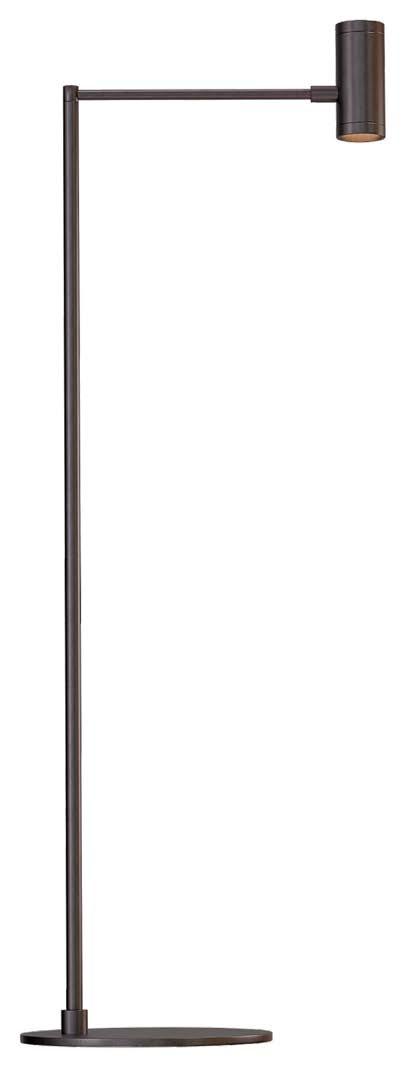
DOUBLE EXPOSURE WALL BRACKET WWW.PHOENIXDAY.COM
CREATIVE DIRECTOR
ERIC HAYDEL
BRAND MARKETING MANAGER
ANDREW LEVINE
WRITERS
RACHEL GRAY
SUSAN M-GEOUGH
EDITORIAL/PUBLIC RELATIONS CONSULT JDCOMMUNICATIONS, INC
CONTRIBUTING WRITERS
JJ MEDIA
ERINN VALENCICH
COPY EDITOR
RACHEL GRAY
CONTRIBUTING PHOTOGRAPHERS
REAGAN BYRNE
NINA CHOI
CAITLIN CUNNINGHAM
MARK JAMES DUNN
DOROTHY GRECO
HELAINE SIMON GULERGUN
HEATHER MCGRATH
ERIC ROTH
EVAN RUDIN
ALYSSA STOCKER-KEEFE
KRIS TAMBURELLO








BRAND MARKETING MANAGER





CONTACT THE EDITOR
If you have comments or suggestions of products you would like to see, please contact: INFO@M-GEOUGH.COM twigswallpaperandfabric.com
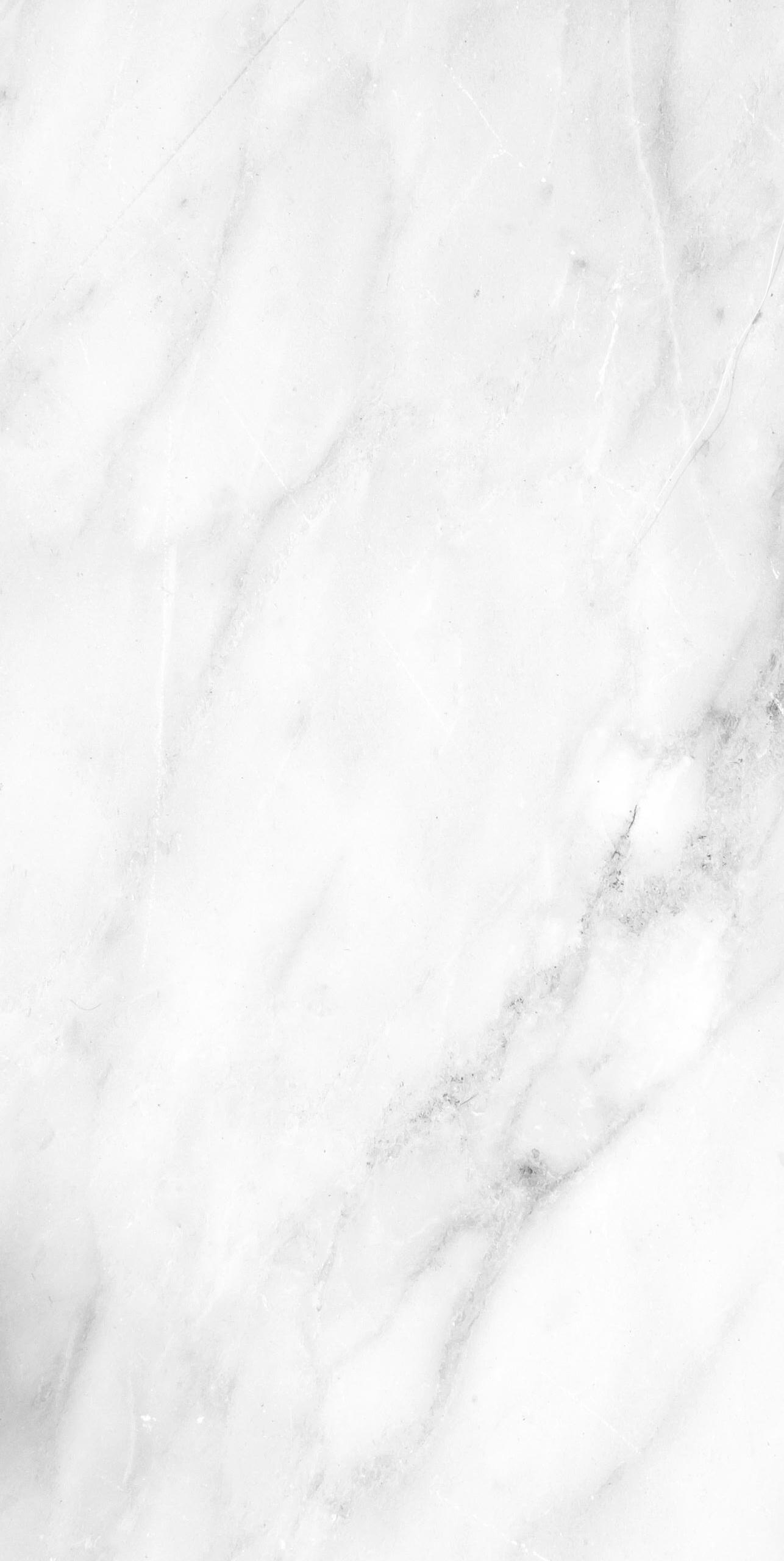



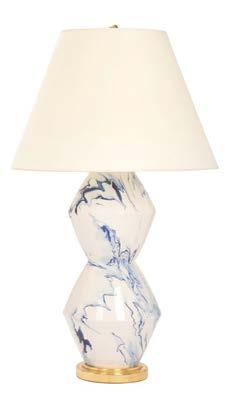
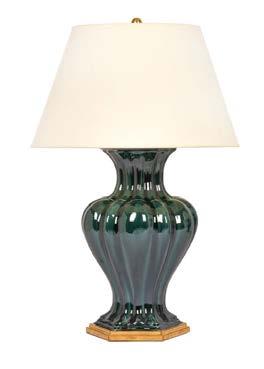

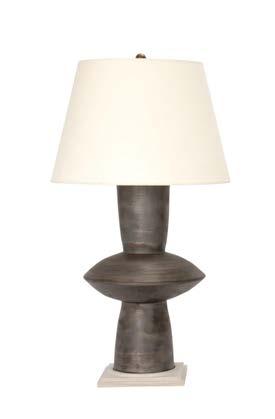



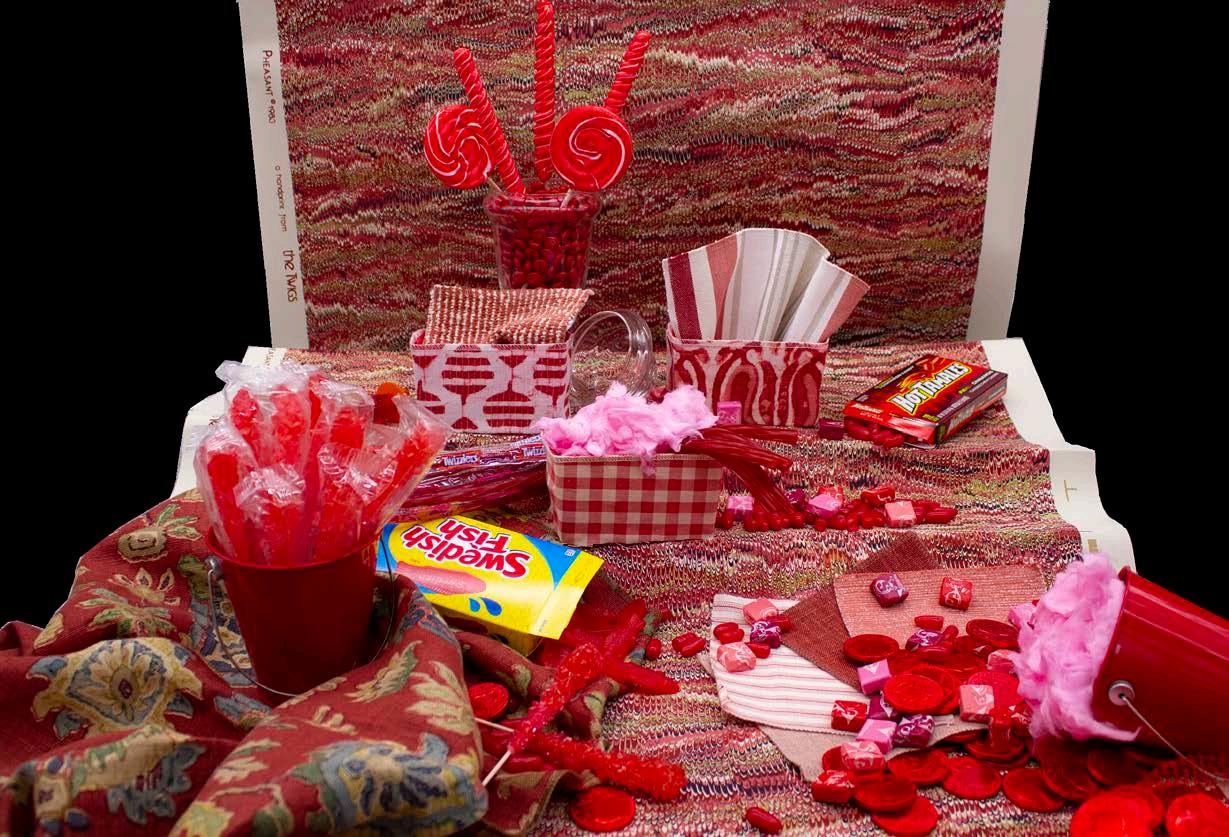




No Care for Where Time Goes.



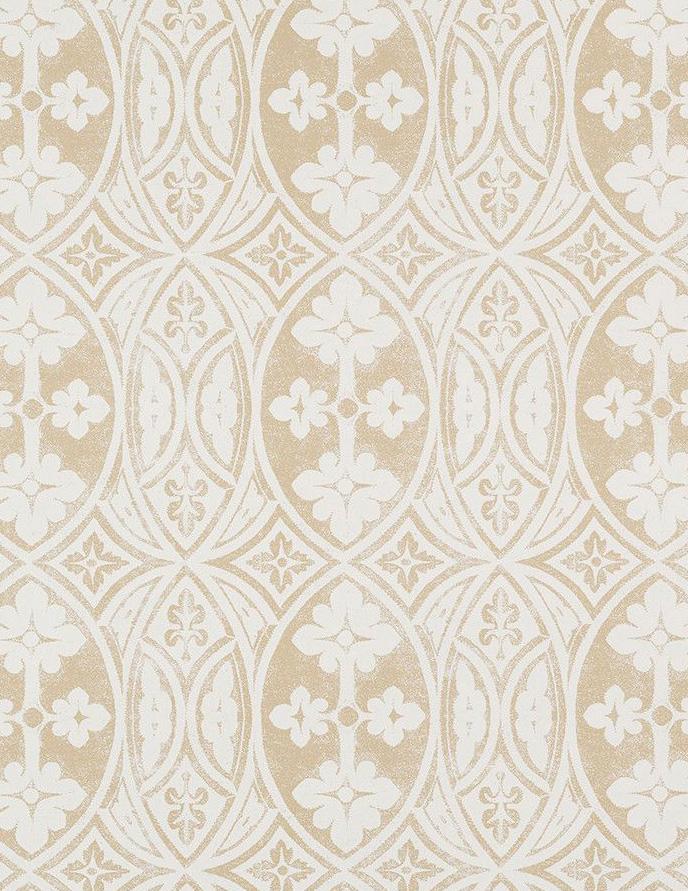





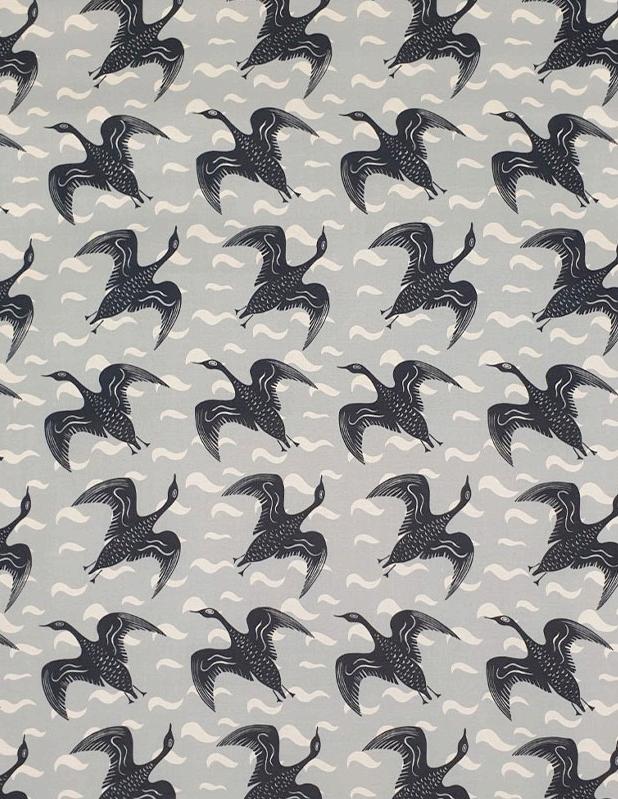

1) Hazelton House - Colonial Patchwork/Antique Madder | 2) Korla - Bobini/Cinnabar | 3) Jacques Bouvet et CieSedona Stripe/Coral | 4) Twigs - Pheasant/Red | 5) Jacques Bouvet et Cie - Cap Ferrat/Cranberry | 6) Korla - Semila/ Berry | 7) Marvic - Toile Carreaux/Red | 8) Calvin - Bombay Cloth/Salmon | 9) Calvin - Chloe Linen/Brick | 10) Jacques Bouvet et Cie - Cannes/Nantucket Red | 11) Calvin - Sublime/Henna
1) Calvin Fabrics - Maldives/White | 2) J. Samuel - Nivelles/Optic White | 3) Maya Romanoff - Island Weaves/Buoy | 4) Templeton - Giza/Limestone | 5) Jasper - Hitchcock Woven/Cream | 6) J. Samuel - Arras/Optic White | 7) Dogwood - 2549-7 Pristine | 8) Templeton - Alhambra/Ivory | 9) Jasper - Gothic/Ivory on Taupe | 10) Borderline - Star/Natural | 11) Calvin - Bombay Cloth/Oyster | 12) Templeton - Verona/Ivory | 13) Calvin - Olympus/Oyster | 14) Calvin - Cane Texture/White
1) Marvic Studio - Ravello/Indigo | 2) Maya Romanoff - River Bed/Indigo | 3) Calvin - Border Line/Navy | 4) Jacques Bouvet et Cie - Cannes/Coastal Blue | 5) Calvin - Bombay Cloth/Navy | 6) Calvin - Sintra/Sky | 7) Borderline - Black Goose/Blue | 8) Thomas Strahan - Botany/Indigo | 9) Thomas Strahan - Chantung/Blue | 10) Calvin - Cane Texture/ Cerulean | 11) Marvic-Studio - Cap Ferrat/Marine | 12) Templeton - Dottie/Sky Blue | 13) Jasper - Pont Stripe/Blue
Zero Impact for furniture, leather goods and fashion is the result of over 10 years of research and development aimed at reducing the environmental impact of leather-making, throughout its whole cycle.




David Wiesand is every bit the aesthete you might expect when you walk into the McLain Wiesand showroom. A self-proclaimed “old school” designer, his designs start with hand-drawn sketches that are carefully refined over successive versions. He won’t design by computer – too sterile, he says – but if a client needs to see a CAD drawing, the design house can make it happen.

“I am happy doing things the way we have always done them, but I also love new technology and embrace things that would help expand our production capabilities,” Wiesand said.
Many would argue that this is the ideal approach to antique design and reproductions in the


21st century. For example, rather than eschew the 3D printing trend in design as many traditionalists might, he’s open to the possibilities.
“We have dabbled in 3D printing and scanning,” he said, admitting though that he’s still unsure of how McLain Wiesand can use the technology in their design process. “We recently connected with a company that does portable 3D scanning, and we are excited to find out how this is relevant for us.”
Wiesand's childhood was literally steeped in Baltimore’s art and design tradition. His father and grandfathers worked in Baltimore’s building trades (though his father’s real passion was for the decorative arts), and his mother went to the Maryland Institute

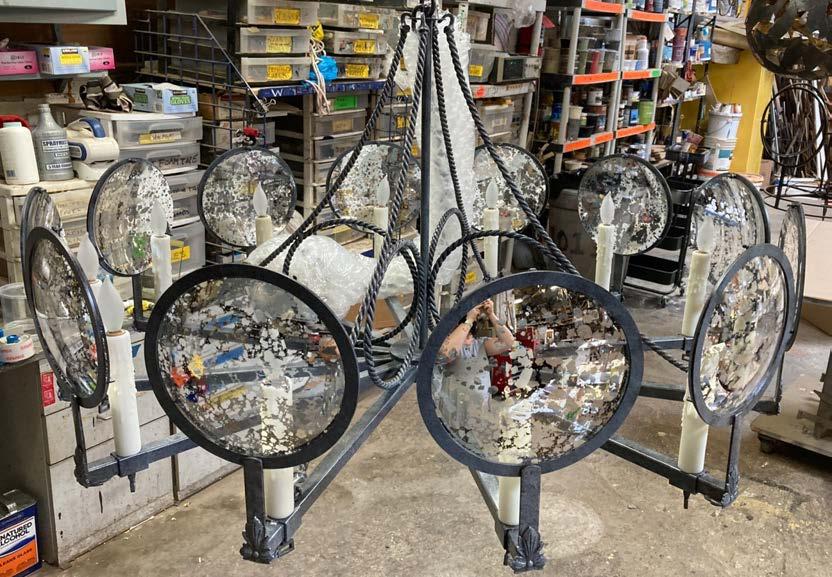


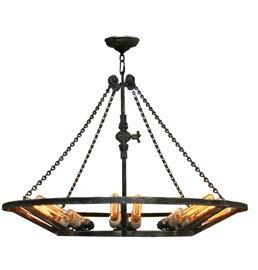
College of Art.
“Our home was a museum of constantly changing objects and art,” Wiesand said. “My father loved finding the best things at bargain prices that needed some restoration, then giving them a new life. I spent much of my childhood in his shop, helping with the repairs and seeing how things

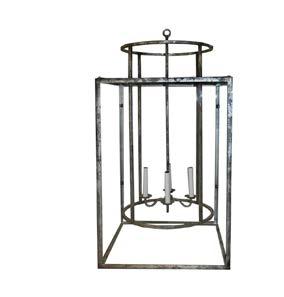
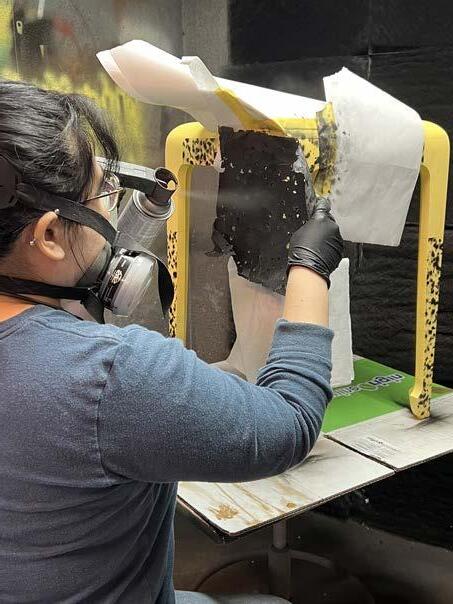
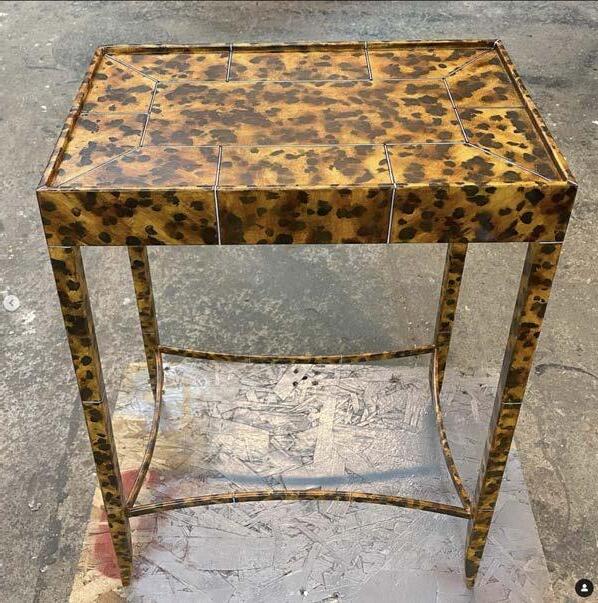
were made. It gave me an appreciation for how they were engineered. I look back and think I subconsciously made my father’s hobby my profession.”
Wiesand proudly reflects his family history throughout the business. The “McLain” in McLain Wiesand is a nod to his mother’s maiden name, which is also his and his daughter’s middle name. In fact, the Marie line is named for his mother, the Marguerite Lantern for his grandmother, the William table for his father, and the Lillian tables for his great-niece."
for a department store for six years. That helped him cut his teeth in the design business. Perhaps the biggest lesson he learned is that it’s better to put in 60-hour weeks working for himself rather than for someone else. So, he left to open his own antique store. That led to antique restoration and reproductions, and then eventually to designing his own pieces. His talents take him in a multitude of artistic directions."
AS vacuum cleaners. They just take in EVERYTHING , WHEREVER I GO. Said David.

"Wiesand completed his MFA in 1980 and worked as a visual merchandiser
"I paint, sculpt, do wood and metal work, jewelry making, sewing, plasterwork, mold making, restoration, repurposing, cooking… just to name a few,” he said. His new clothing design store, Demiurge, opens this fall in Baltimore. “I
Continued on page 29
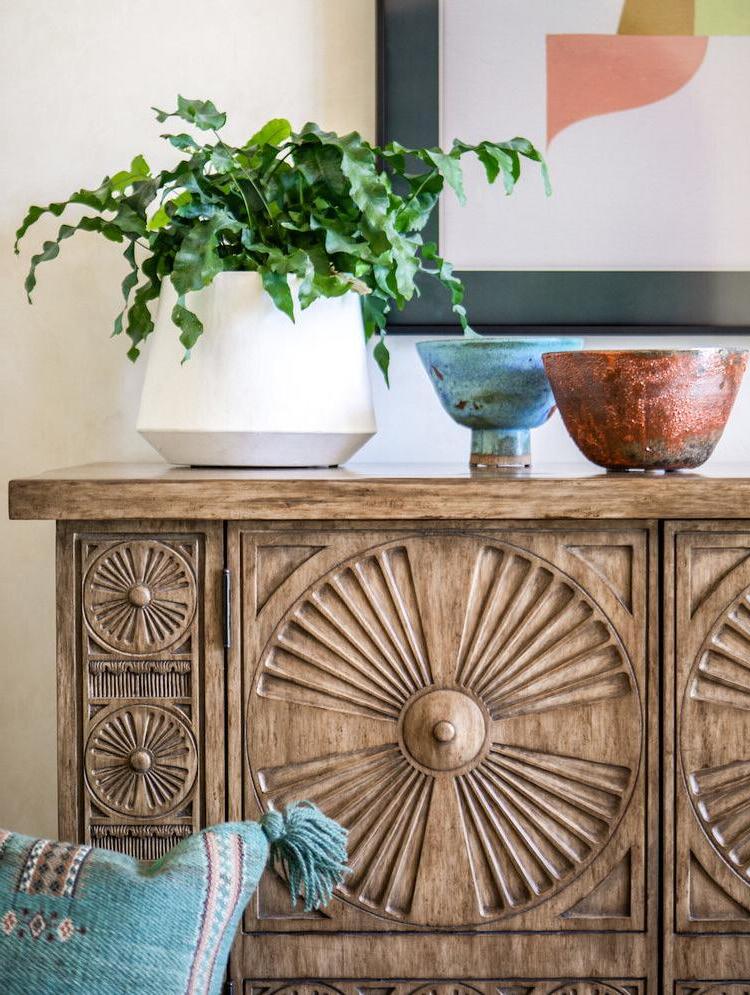

adore clothing design. Demiurge will feature my own clothing designs as well as vintage clothing, antiques, objects of art, hardware, and repair services for our beloved neighborhood folks."
Although Baltimore is in his artistic blood, Wiesand believes in drawing inspiration from everywhere in the world –and it shows in his designs. “Travel is the ultimate inspiration for the creative spirit. All the intense new stimuli coupled with being out of your usual environment makes for a perfect storm of creative inundation,” he said. “I think of my eyes as vacuum cleaners. They just take in everything, wherever I go.
Today, there are six people who make up McLain Wiesand including Wiesand’s daughter (and co-owner) Lex, project manager Anne Rowen, and three in-house artisans. Five other subcontractors help with construction as needed.
“We are a family business and everyone that we work with becomes part of that family,”Wiesand said. “Baltimore has a very vibrant arts scene so we have been lucky finding highly skilled artists to work with.”
Although McLain Wiesand has a large catalog of furniture and decorative arts lines, Wiesand said there has been an uptick in requests for modifications to catalog items as well as fully custom pieces in the last few years. Currently, lead times for custom pieces are 12-16 weeks from design to finished product. The design house takes a particular pride in its


finishes, Wiesand said. “We are often told that it is our finishes that set us apart, and they play a huge role in the product design. We offer a wide variety of hand-painted, metal leaf, stained wood, metal patina, and other finishes.”
The combination of their large library of finishes and adaptability to custom jobs helps McLain Wiesand meet the needs of designers from different parts of the country. “Midwest and West Coast designers generally have more square footage to play with, and we’ve made some absolutely massive pieces to send out there. East Coast tastes seem a bit more conservative and traditional, but with fabulous quirky twists."
"Currently, the team is hard at work creating a new accessories line – what Wiesand calls “jewelry for the interior.”
“Think amazingly intricate plaster design pieces cast from our multitude of molds made over my 40+ years of collecting treasures. Large tortoise shells; ancient Egyptian, Asian, and European artifacts; fancy tea caddies in exotic

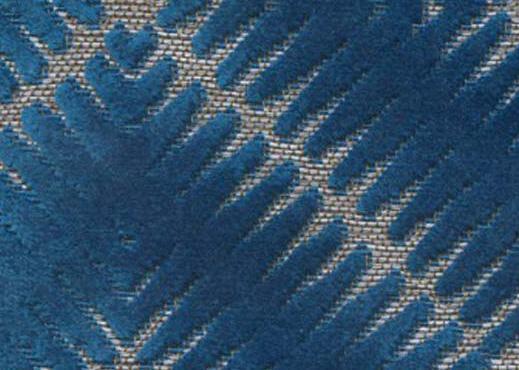
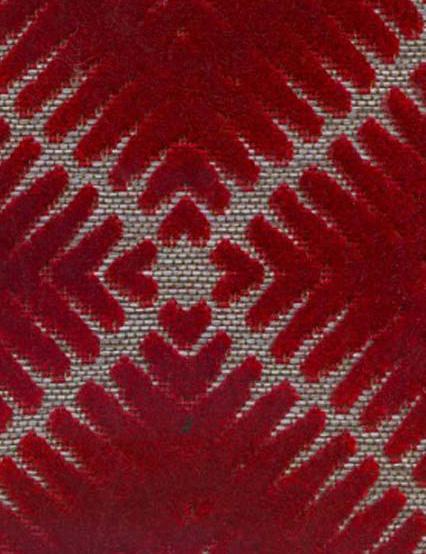






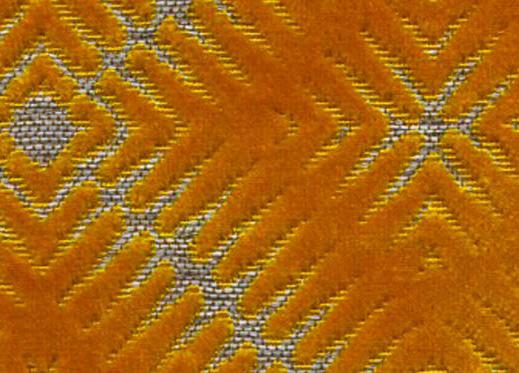


faux finishes – things that will light up a space. We are also creating 3D wall reliefs sculpted in-house in plaster and other gypsum materials. We can create these in any style to mold and cast for their builders to install.”
With this variety of artistic talents and creative directions, even David Wiesand finds it difficult to define himself.
“Truthfully, I still struggle with how to answer when people ask me what I do. I am not just a designer or an artist or a craftsperson. I simply love to bring beautiful and exciting things into existence."


upholstered in Cascade Honeydew. Cushions in Luna Sateen Midnight Green. Johnstons of Elgin House Check Lambswool Throw in Navy.

Sofa upholstered in Cascade Honeydew. Cushions in Cascade Feather and Bay. Inset photo


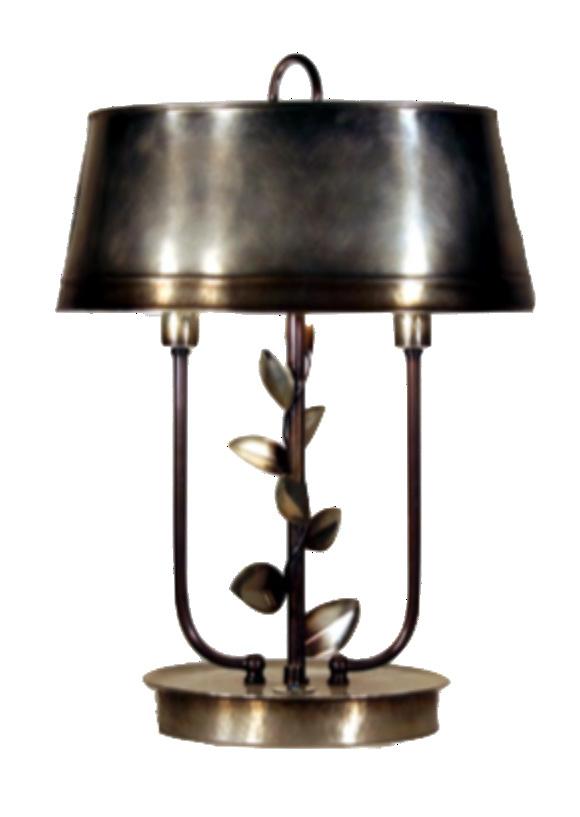


Many swear the 1930s were the "Golden Age of Film" when "talking" picture shows took over the silver screen. But when names like Elizabeth Taylor, Marlon Brando, Audrey Hepburn, and Paul Newman become part of the conversation… well, it's hard to deny the impact of the 60s and 70s. Today the movie stars of that era would be what we now call "influencers" – they popped up in magazines and on TV and became more and more accessible than ever before.
This is the glitzy setting where Mulligan's took root, growing right alongside cinema's icons. Known originally as Richard Mulligan’s, the business started as an antique and design store owned by Mollie and Richard Mulligan. And it was fullon Hollywood. The showroom's first location was an antique store on Melrose Avenue, and when Richard Mulligan’s was fully launched as a premier reproduction house they moved into the homey Spanish-style cottage on Sunset Boulevard with the Chateau Marmont as a backdrop, literally a stone's throw from the site of the legendary Garden of Allah Hotel. But the Richard Mulligan Sunset Cottage brought its own personality to Sunset with its large plastic cow that grazed in front of the store or on the roof – perhaps a nod to the Molly Mulligans' Iowa roots – so you knew that you were in the right place. The clientele was often
Hollywood, too. Mollie said that movie stars always found their showroom comfortable. One New York Times piece told of Elizabeth Taylor in "the other room" during a newspaper interview in 1991 and how a customer had just missed Goldie Hawn.
Another name dropped into the article was Bruce Willis, who brought in a bear-shaped doorstop which Richard then made into a lamp.
Molly & Richard Mulligan initiated the "farm-style country" design trend in the heart
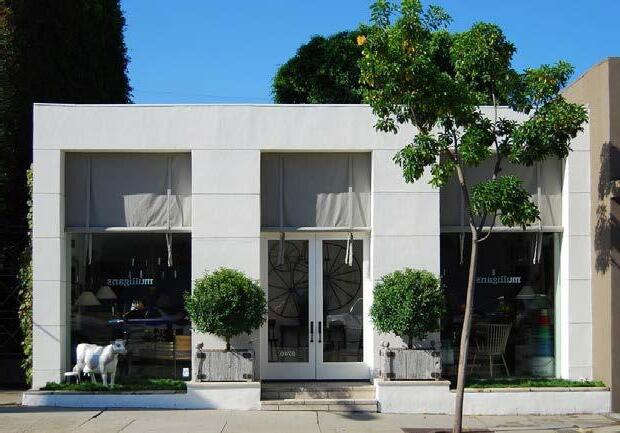
of Hollywood glamour and is still going strong today. Initially, it sprung from their love of early Americana, which Richard made his own with his artistic genius as a carver and a painter. The cow, Iowa, lamps made out of door stops – all hint at the Richard Mulligan design aesthetic.
Clients began asking for custom pieces based on the Midwest antiques they sold. Soon designing pieces inspired by folk art eclipsed selling the antiques themselves.
Most importantly, from a design perspective, they included furniture and other pieces meant to live in a home, not necessarily a showcase house. Mollie points out a table already covered in glass-ring stains as proof
The Richard Mulligan Sunset Cottage BROUGHT ITS OWN PERSONALITY to Sunset with it's large plastic cow that grazed in front of the store or on the roofPERHAPS A NOD TO THE MOLLY MULLIGANS' Iowa roots.

for the New York Times reporter that their art was not at all intimidating. That's part of what made their homespun design house popular with discerning highfashion clients. Even then, Richard Mulligan shipped handcrafted pieces across the country to places such as Aspen and the Hamptons, and famous designers came in to shop for their famous clients.
Those are just a couple of the traditions that live on today.
Robert A. Sharp bought Richard Mulligan’s in 2012,

renamed it, and moved the West Hollywood showroom to Melrose Ave. But those are about the only changes you would notice. The clientele is still a who's who of the entertainment world. And that now classic farmstyle country is as popular as ever, though perhaps some designers now identify it as "the Mulligan's style." This homey, distinctive style drew Sharp to the company in the first place.
"It's hard to put your finger on what the style is, exactly," Sharp said. "Yes, we call it farm-style country – a folksy, comfortable style. But there is a nuanced chicness to it, not to mention a timelessness. The pieces we create today harken back to a simpler time, but the pieces themselves never seem to age."
Take, for example, Mulligan's famous Mama Bear chair. Comfortable and inviting, it's been a mainstay of Mulligan's catalog for decades. Yet it still looks fresh and stylish, featured relatively recently in Architectural Digest showcasing the homes of both Chynna Phillips and Sharon and Ozzy Osbourne.
"Taste is personal and sometimes singular. But when the tastes of a group of people align, it becomes a trend. I'm ecstatic that so many stylish people continue to see the value in what we create. Not least of all, esteemed showrooms like M-Geough," Sharp said.
Sharp said that Mulligan's is not one to rest on its laurels. The company employs about 75 craftspeople at any given moment, making each piece to spec. Most have been there 20 years or more, but Mulligan's also created an apprentice program to ensure new artisans have a place to build upon traditional skills.
Sharp said that the design house continually creates new styles and finishes, and Mulligan's adds new



designs to its catalog every quarter. The company is currently launching a new line, San Ysidro.
"The creation of the San Ysidro line came from multiple designers requesting rustic rushed lower shelves," Sharp said. The first in that line was the San Ysidro console table. "We created a new stain especially for this design – a welcoming neutral gray that complements just about any interior design motif."
Inspiration comes from many sources, Sharp said, whether it is requests from designers, a new antique, or just playing around with ideas and styles in the workshop.
"Paul McCartney told me once that sometimes you start with an idea and follow it for a while, even when you're not quite sure where you'll end up. It's an approach that still works for us." But it’s Mulligan’s standard and custom finishes that truly set the design house apart.
“All of our finishes are quite complex and done in a way that will allow the finish – painted or stain – to age like an antique with time,” Sharp says. “We







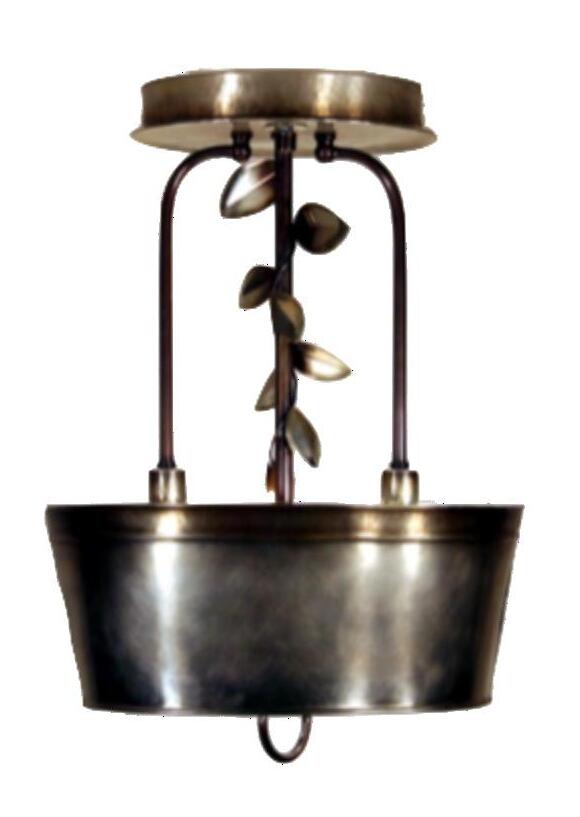








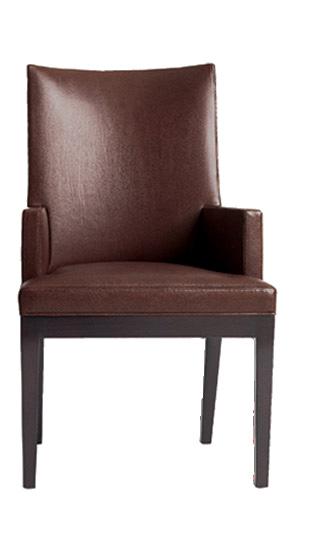
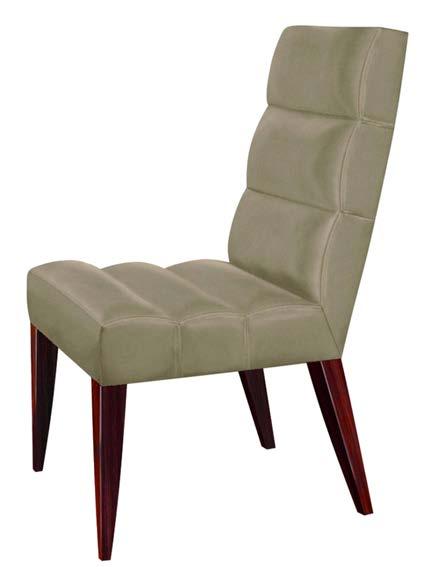



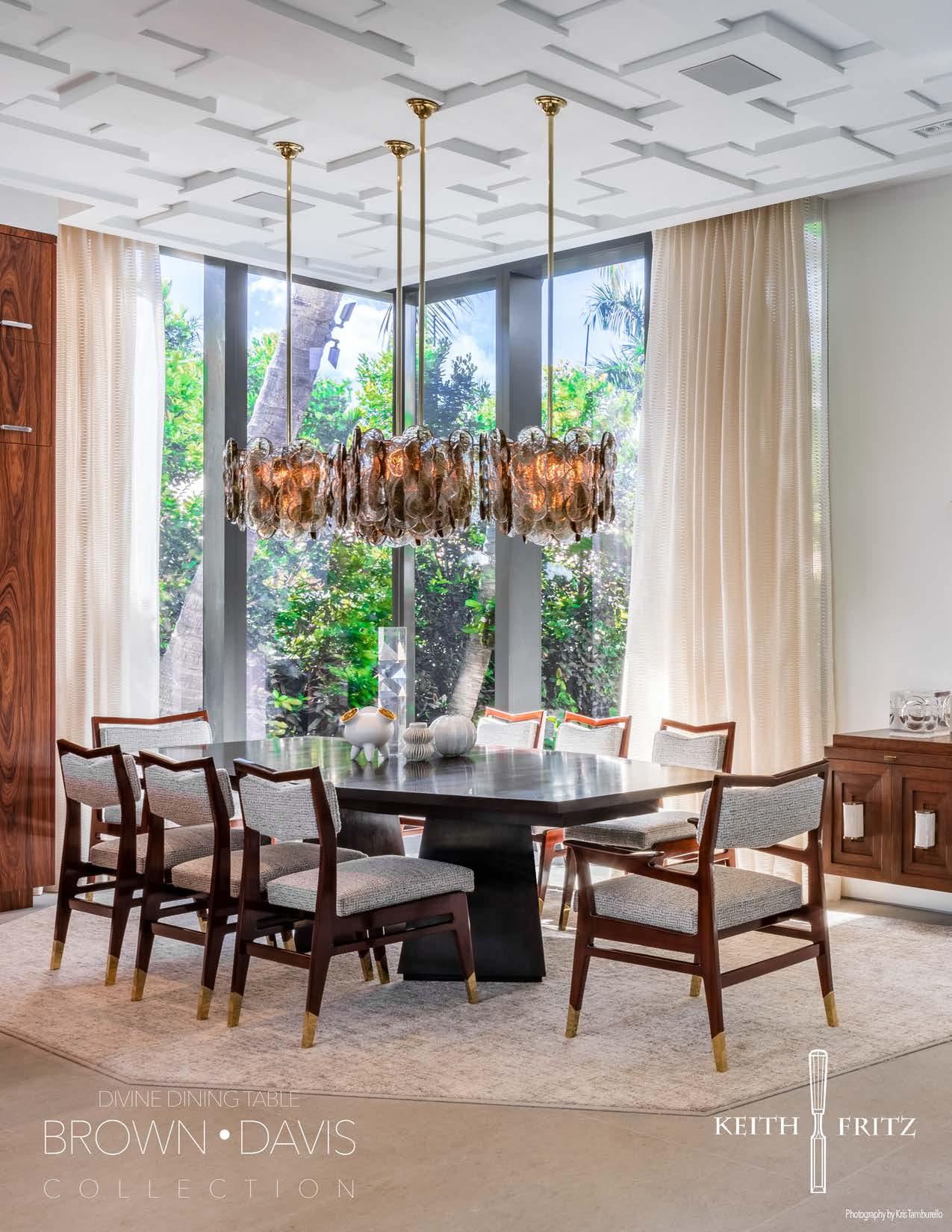






We recently sat down with Evan and Spencer Rudin, two brothers who represent the fourth generation at A. Rudin, California’s family-owned furniture atelier. Morris Rudin, the brothers’ greatgrandfather, immigrated to San Francisco and learned the upholstery trade before following the coastline down to Los Angeles to open his own shop in 1912. From the start, A. Rudin furniture was known for its craftsmanship and most especially its exquisite upholstery.
It’s a tradition the family proudly carries on today.
A. Rudin’s 120,000-square-foot factory in downtown LA is alive with craftspeople creating distinctive furniture using traditional techniques. Hand-tied springing, handtufting, hand-finishing, durable kiln-dried hardwood frames, reinforced corner blocks, and cushions of 25/75 white goose down and feathers channeled in down-proof

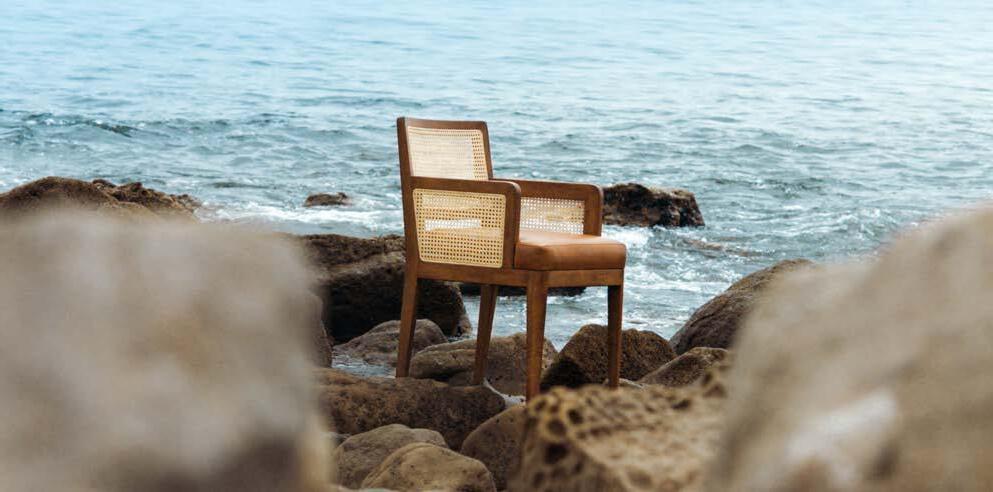

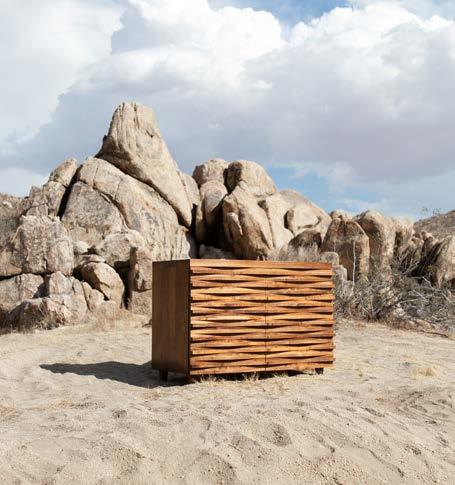
ticking – all the hallmarks of A. Rudin’s quality and artistry. Evan and Spencer continue the family tradition of bridging past and future, creating a sense of timeless style and luxury that’s always of the moment.
1. As a multi-generational company, furniture manufacturing is obviously in your blood. When did you first get involved at A. Rudin? What is your current role?
We grew up on the factory floors, so yes, you could say it’s in our blood. We fell in love with furniture design and production from a very early age. In our college years, we both spent our summers getting to know the business and familiarizing ourselves with all the different departments in production and sales. (Ed. Note: Spencer joined the business full-time in 2007 followed by Evan in 2014.)
All that experience comes in handy – we wear many hats from design and business development to sales and marketing. Of course, it helps tremendously that we have a great team around us. But it’s important that we know all aspects of the business inside and out ourselves.

2. What inspires your designs?
The short answer is, everything. We are of course
Nature has no BOUNDARIESDESIGN-WISE for sure, but ESPECIALLY WHEN IT COMES TO THE MATERIALS we use.
born and raised in Los Angeles, so we have always been exposed to great art and architecture here. Cars and car culture played a big role too, and inevitably the beach and surfer lifestyles are deeply ingrained in our DNA.
We’d like to think though that the LA urban sensibility balances well with our love for California’s incredible natural beauty. Inspiration from nature has no boundaries – design-wise for sure, but especially when it comes to the materials we use.
You can see that balance in every A. Rudin piece: urban design made from natural materials for a distinctively unique feel to our work.
3. How many artists/craftspeople do you currently work with and how do you discover new talent?
We have about 120 craftspeople working at A. Rudin’s downtown factory and about 150 employees total. It’s interesting – our craftspeople tend to be generational, too. For example, upholstery is a trade that’s often learned within families and passed down from generation to generation. Most of our new craftspeople are brothers, sisters, cousins, or good friends of current employees.
Family connections aside, the trades themselves
tend to be a pretty close-knit group of people, even in a city the size of Los Angeles. So if we need to look outside the company, we turn to our team. They have a good eye for finding great talent as well as people who would make great additions to the family.
4. Take us through the process at A. Rudin from deciding on the design to the end product?
Yes, it’s definitely a process! It usually starts with a hand drawing or rendering of a new idea. We discuss potential dimensions and pull existing A. Rudin pieces to help dictate “sit” and scale. Then, our craftspeople take the drawings and create a frame. We review the full-size model and usually make further adjustments. Once we get that frame just right, we’ll upholster the prototype in Muslin


and test it to make sure it’s comfortable. The last step is to select the right finish and fabric before determining how to sit it within our showrooms and rep showrooms.
5. Tell us a bit about how new technologies have influenced your production process –both negatively and positively?
We don’t let technology negatively influence our production process, period. We aren’t anti-technology, but A. Rudin has been very successful creating furniture in the same benchmade fashion for 110 years.
That being said, we do stay on the lookout for new opportunities that technology might give us, as long as quality isn’t compromised. If technology offers us a way to better serve our designer clients and their end users, we are all for it. Generally speaking though, traditional techniques continue to give us the best results.
One thing we've noticed SINCE THE PANDEMIC STARTED, is that more people are looking for QUALITY FURNITURE. PERHAPS because people spent more time at home.
6a. The past couple of years presented many challenges for businesses. What were some of the obstacles A. Rudin faced and how did you work through them?
As with almost every manufacturer around the world, the pandemic and other global forces disrupted our supply chains making some materials hard to source. Foam for example was particularly difficult.
But we were able to turn that into a positive in many cases. We don’t directly source anything from overseas, so we were somewhat protected that way. But we did have to expand our net to find new suppliers in the U.S. We’ve ended up forging some great new relationships that will only make things better for A. Rudin in the long run.
6b. As a result of the past couple of years, have you seen a shift in what customers look for?
7. Do you see a significant difference in East Coast vs. West Coast design aesthetic? If so, what stands out?
Yes – except to be more precise, we see differences from region to region and even state to state, not simply coast to coast. And those differences are always changing.
For example, historically we’ve seen Boston and New England in general as a more traditional market. But lately, there’s been a shift towards transitional and contemporary aesthetics. On the other hand, customers on the West Coast tended to be modern and casual. Lately though, there is a trend towards more traditional furniture.

Design-wise, not necessarily – at least nothing directly due to COVID. But one thing we’ve noticed since the pandemic started is that more people are looking for quality furniture. Perhaps because people spent more time at home, they realized that investing in craftsmanship pays dividends in style, quality, personal taste, and longevity. They took more note – and maybe even more pride – in their furniture, looking for pieces that better reflect their needs and personality.
Ultimately, we believe that these changing tastes really come down to the designers’ and the end users’ preferences. But it’s fascinating to watch these trends, and then of course design the furniture to fit their individual visions.
8. Can you share any exciting plans A. Rudin has for 2023?
We have many exciting plans in the works! For starters, we are continuing to grow the A. Rudin upholstery collections with several new lines in 2023 including additions to the Jeff Andrew’s collection. We are also launching a modular contract seating collection through a partnership with one of the largest design and architecture firms in the world. Outside of seating, we are
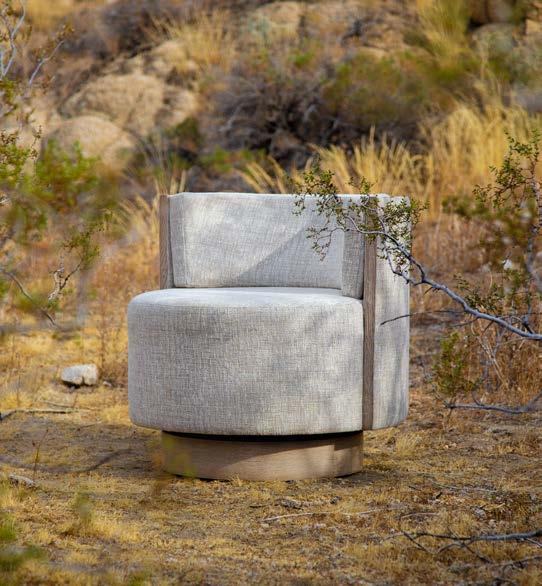
developing several new casegood pieces under our own label, which we’ll reveal next year.
We’re not sure which news we’re most excited about. But taken all together, it will be a spectacular year for A. Rudin.
Ultimately, we believe that these CHANGING TASTES come down to the designers' and the end users' preferences. BUT IT'S FASCINATING to watch these trends, and then of course DESIGN THE FURNITURE to their individual visions.

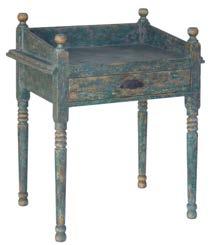
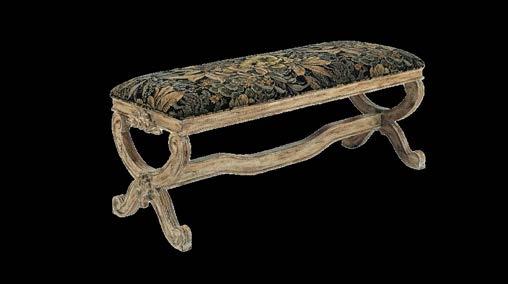

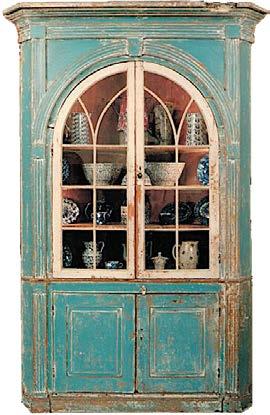
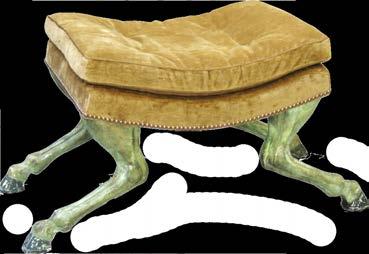




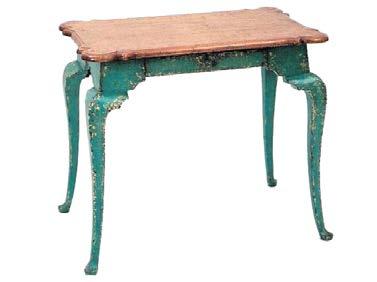

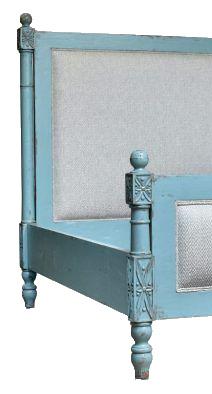



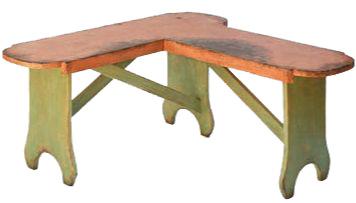

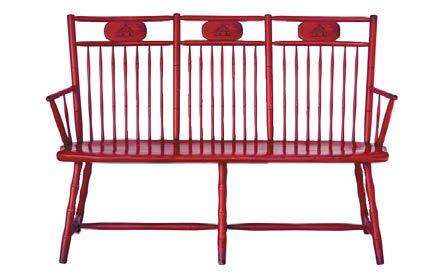
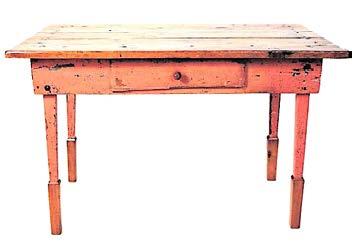





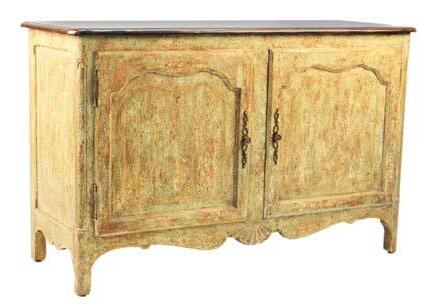

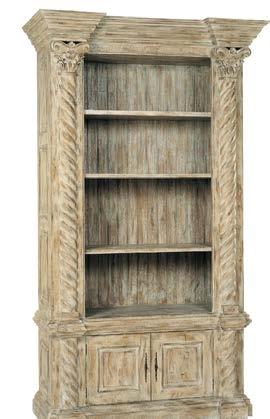







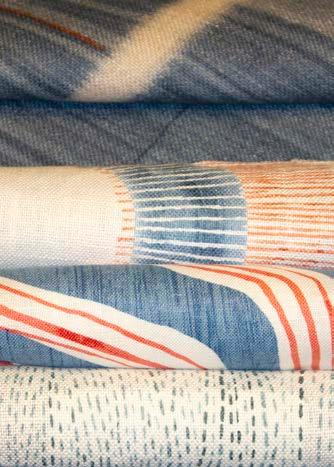







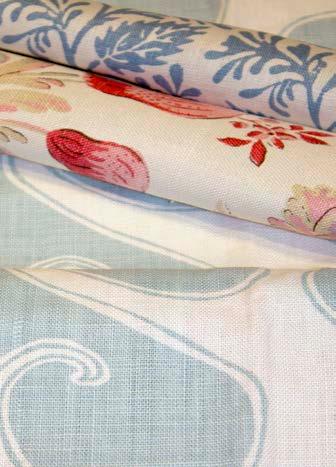










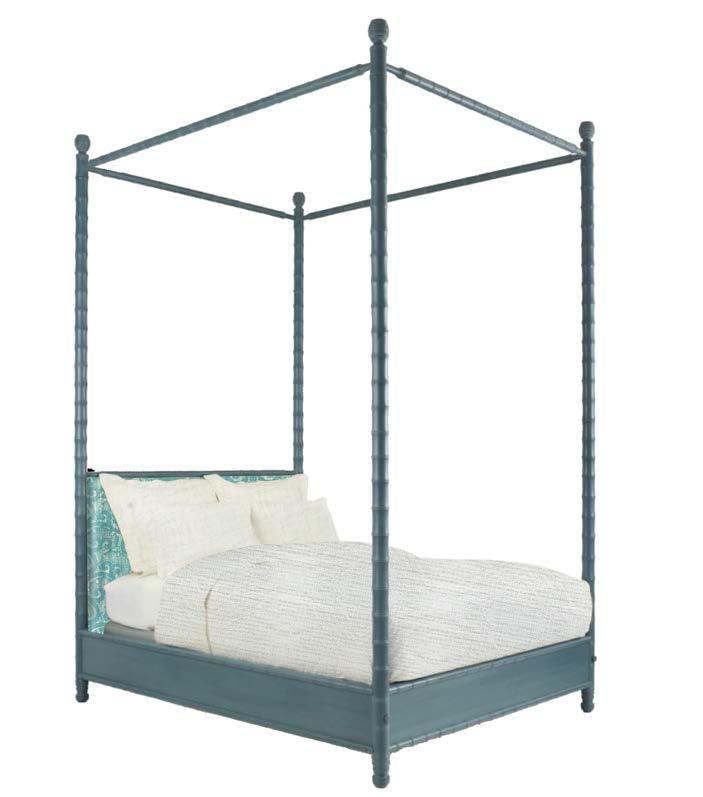



1 MCLAIN WIESAND - Dolphin Table | 2 MINTON-SPIDELL - Montecito Lounge Chair | 3 JULIAN CHICHESTER - Angel Bedside Table | 4 BOYD LIGHTING - Lavaliere I Wall Bracket | 5 JASPER FURNITURE - BLUE BAMBOO 4 POSTER BED | 6 MULLIGANS - Neptunes Folly Chandelier
TEXTILES | Clockwise from bottom: 1 CHAIR - KORLA FABRICS - Alana, Celadon & Steel | 2 ERIC HAYDEL l - Chevron Rug | 3 BED - BLANKET - J. SAMUEL TEXTILES - Nivelles, Optic White | 4 BED - BACKSPLASH JASPER FABRICS - Coquina, Turquoise | 5 BED - PILLOW - TDC: THE DESIGN COLLECTION - Makemo, Coral Pillow | 6 BED - PILLOW - MARVIC TEXTILES - Renishaw, Shrimp
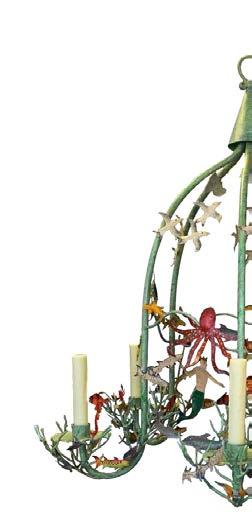




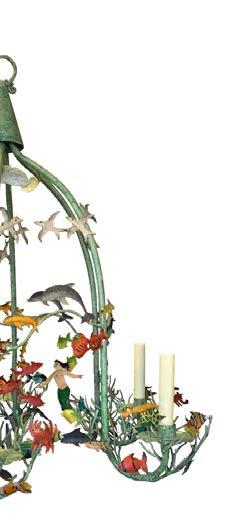
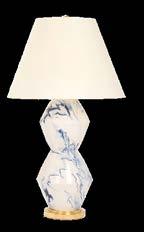
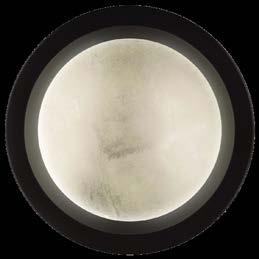



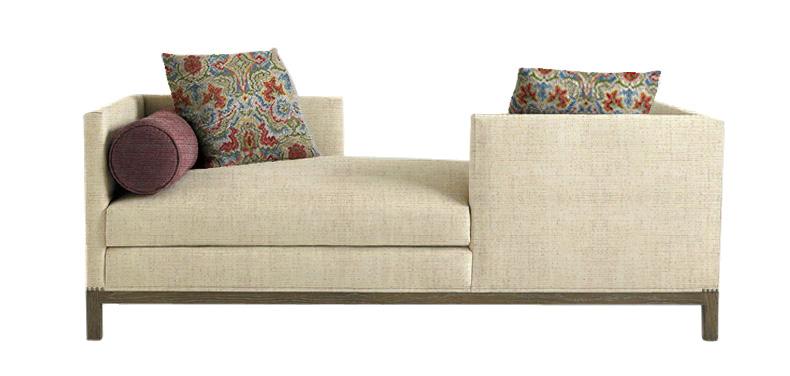

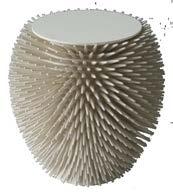
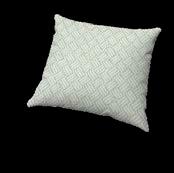

FURNITURE | Clockwise from bottom left: 1 O'HARA STUDIO - Urchin table | 2 BOYD LIGHTING - Branch Floor Lamp | 3 A. RUDIN - Tête-à-Tête | 4
DAKOTA JACKSON - Bump Wave Cabinet | 5 CHRISTOPHER SPITZMILLER - Alexander Small Table Lamp | 6 CHRISTOPHER SPITZMILLER - David Large Lamp | 7 M-GEOUGH COLLECTION- White Coral | 8 BOYD LIGHTING - Portal In-Wall Sconce
TEXTILES | Clockwise from bottom: 1 ERIC HAYDEL - Greek Key Rug | 2 BORDERLINE - Waves, Aqua Pillow | 3 JOHNSTONS OF ELGIN - Fresco, Surf Pillow | 4 SOFA - MARVIC TEXTILES - Sillara | 5 SOFA - BOLSTER - CALVIN FABRICS - Bombay Cloth, Salmon | 6 SOFA - PILLOW - HAZELTON HOUSE - Borgia, Multi





It is in this eternal quest that we have plunged into our next great fixation— caviar. Truffles, foie gras, tuna toro and kobe beef come to mind as being in the same class of decadent flavor. However, there are few things in this world that can deliver every taste of the rainbow cranked to 11 all at once—salt, umami, butter, brine, nutty, earthy. Top notch caviar is said to be able to contain a whopping 17 discernible flavors and aromas.
Caviar’s greatest shortcoming is probably that it can be intimidating. Like picking a bottle of wine from an extensive list (or, ahem, an oyster off a raw bar menu), the choices can be disorienting and the cost means the stakes are high! Couple this with a history of smuggling, overfishing, environmental degradation, and long opaque supply chains with unscrupulous salespeople and why bother!

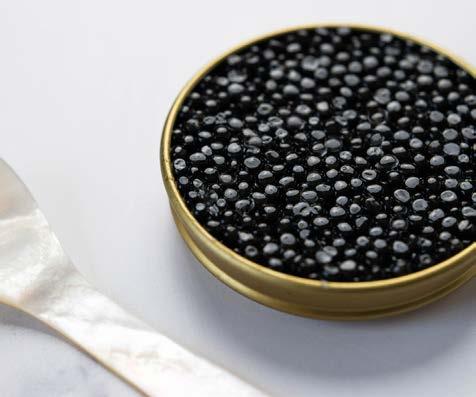

Well folks, that’s where Island Creek comes in. We rolled up our sleeves and spent time with the farmers, scientists and producers to get a handle on what playing in the world of caviar means. We saw pretty quickly that we could do it better. We tasted something as complex and enjoyable as an oyster, and we noticed the caviar landscape changing in ways that inspired us and reminded us of our own story. We take great pride in sourcing the best single-origin caviar from trusted farms all around the world that is then hand-packed by our experts in house to ensure top quality from beginning to end.
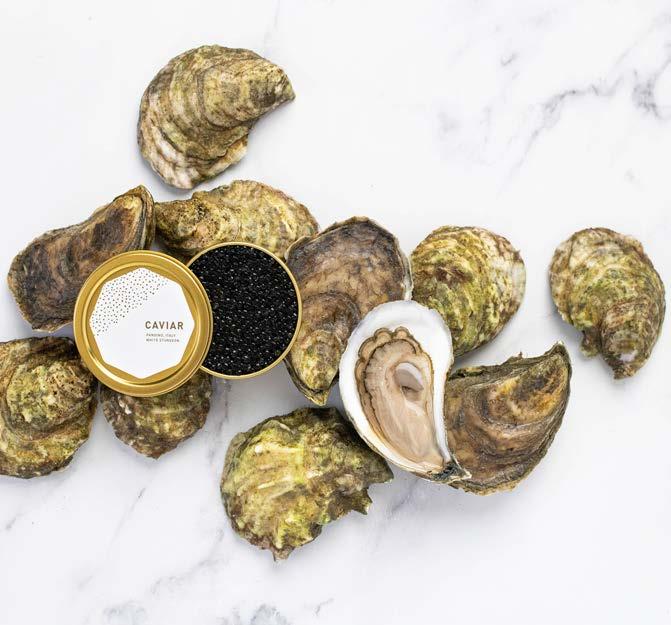

THERE IS NO BETTER TIME TO DISCOVER CAVIAR--DIVE IN!


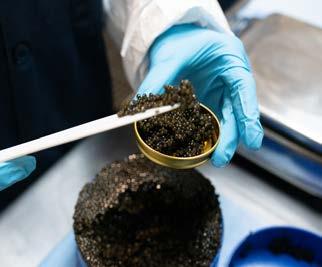
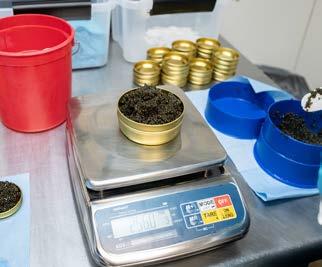





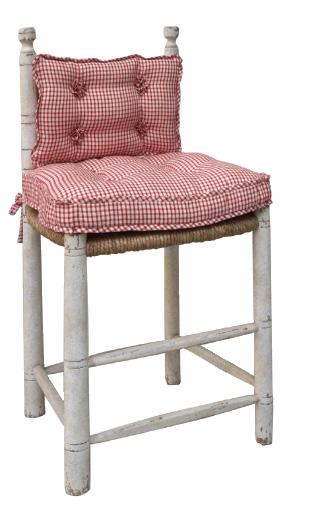

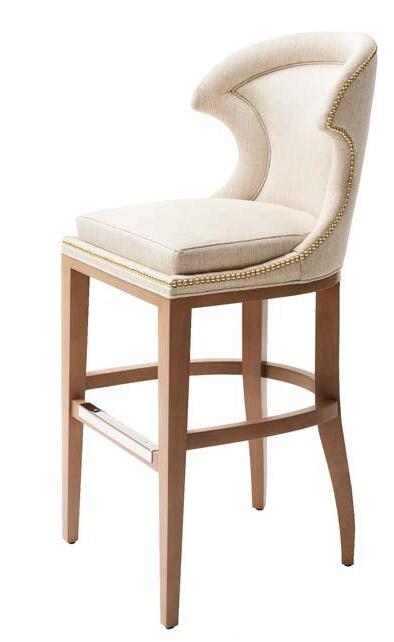
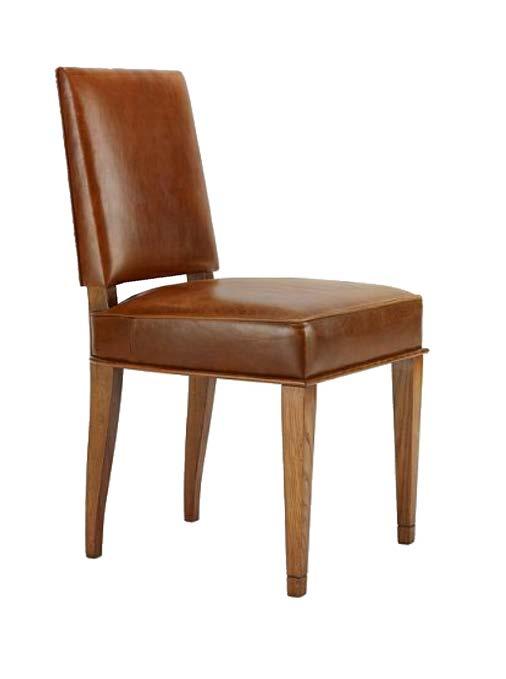
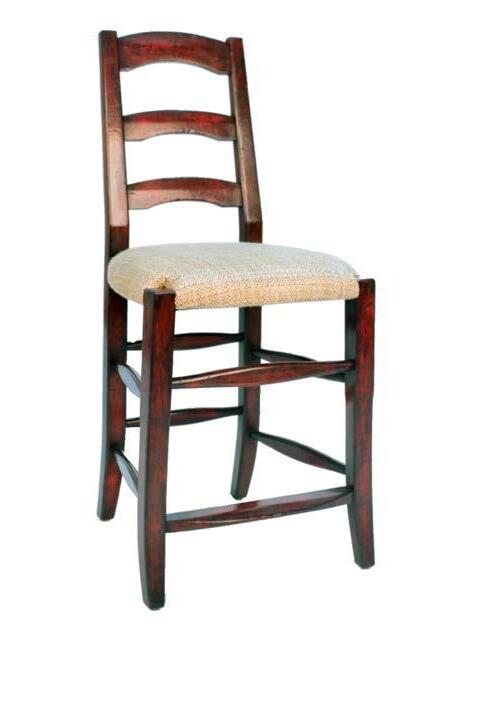
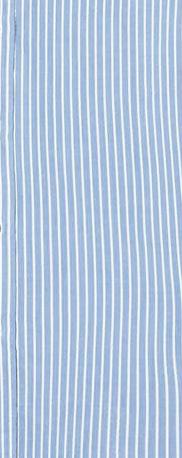
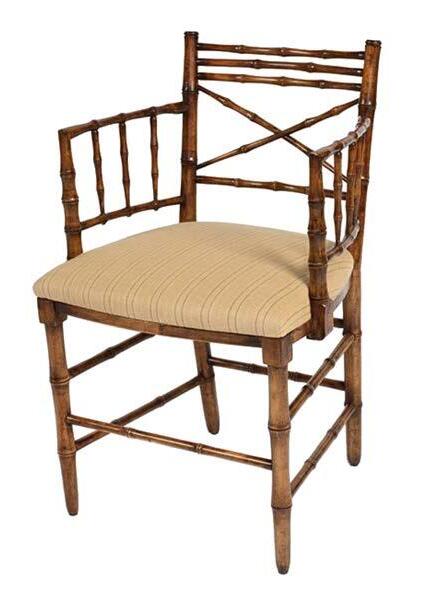
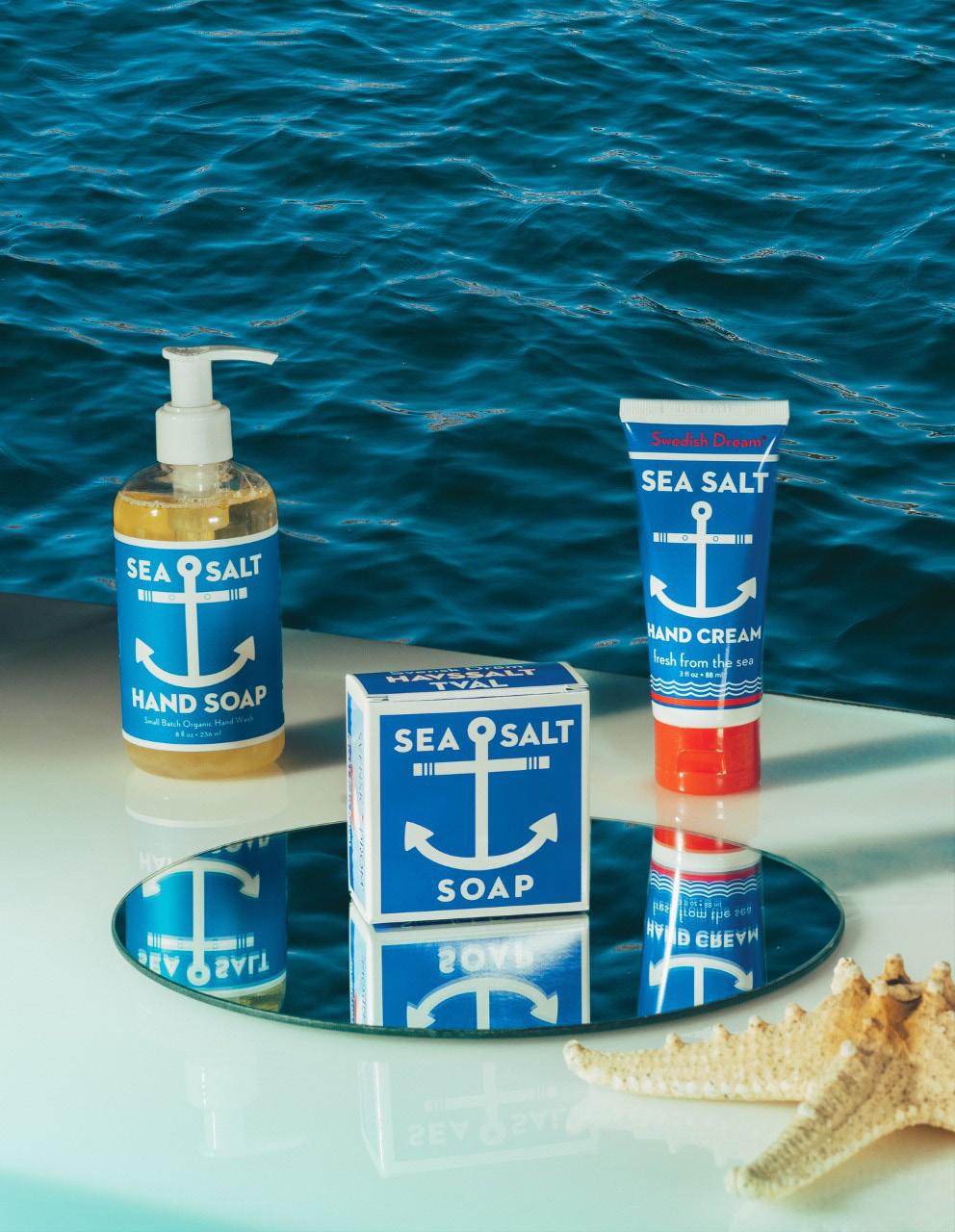
by Rachel Gray
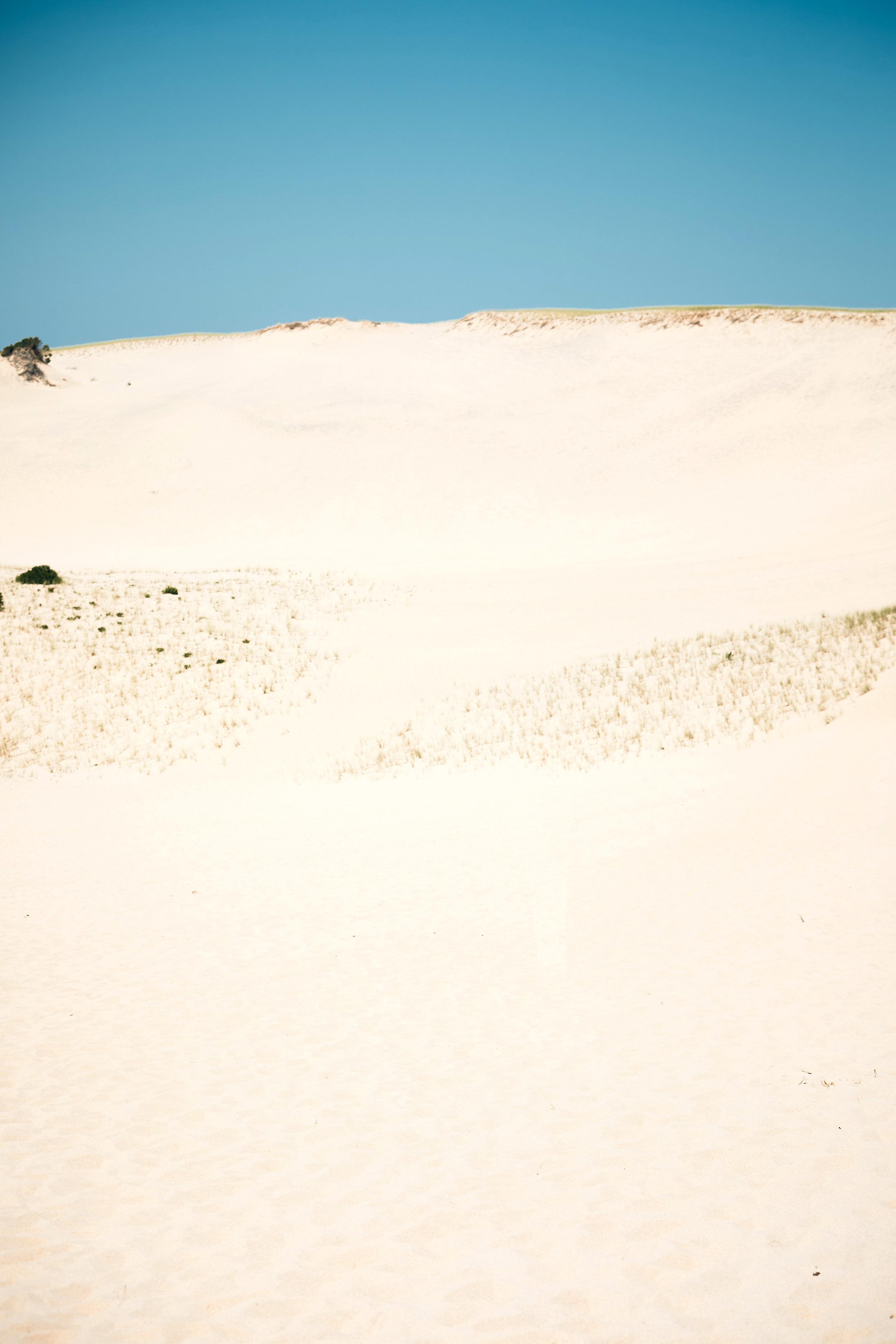
Little did Kate Smith and Lance Gershenhoff know that their lifechanging brightly colored objects would be personal care products, instead of the toys that they were helping to develop while both worked and met at Hasbro in the late 1980s.
Smith and Gershenhoff, owners of Rhode Island’s KalaStyle, left the toy world after eloping in Portugal and decided to import soaps they’d happened upon while abroad. Their combination of industriousness, creativity and love of travel built up what is now a 35 year-old business that started in their backyard on a small Cranston farm and continues to fuel the local economy.
Breaking into-and then remaining current--in the ever changing health and beauty industry is always challenging. Thanks to their daughter, Alice Smith, KalaStyle is as popular as ever.
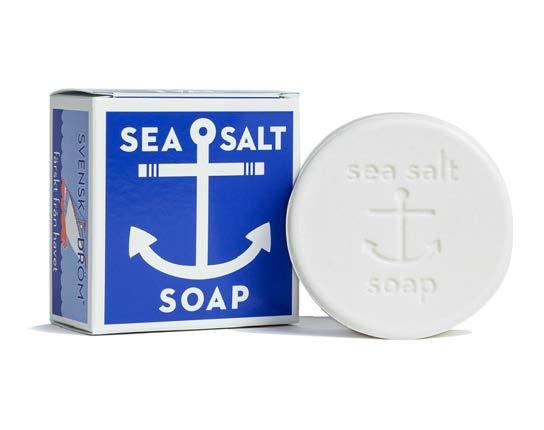

Alice has been involved in the business since adolescence and is now the company’s creative director, introducing more domestically made goods to the line while keeping the tried and true products that customers have come to know and love.
A key example is the best-selling Swedish Dream collection which includes
It means THE WORLD TO US when our customers say that this is THE ONLY SOAP they use. Said Alice.
the exfoliating Sea Salt Soap--their number one product. “It means the world to us when our customers say that this is the only soap they’ll use,” said Alice.
KalaStyle’s cruelty-free, vegan and environmentally-conscious range is

available at many brick-and-mortar concerns across the country in addition to their website. From lip balms and bar soaps to candles and hand sanitizers, many of the products offer the option of layering their
We LOVE WHAT WE MAKE, and we make what we love. It's simple and honest. I think that's WHAT MAKES KALASTYLE A GOOD COMPANY. Hopefully we can do it for another 35 years."
subtle and clean fragrances or enhancing surroundings by bringing in natural fresh scents such as cedar or sea salt.
“We don’t like rushing when it comes to
product development and we aim to make personal care items that stand the test of time. I think that’s why people love and trust our products. Our slogan has been ‘BUY GOOD SOAP - THE EXPERIENCE MATTERS’ since day one,” Alice said.
Alice is excited about adding and creating new products for the line along with her team, many of whom have been with KalaStyle for over 20 years.
Alice was heartfelt in saying that “We love what we make, and we make what we love. It’s simple and honest. I think that’s what makes KalaStyle a good company. Hopefully we can do this for another 35 years.”


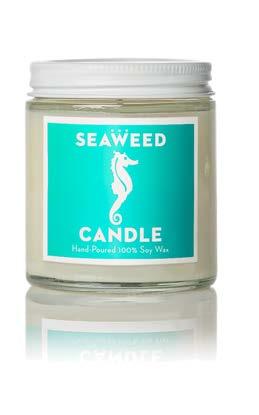

As soon as the weather starts getting warmer, the days get longer, and summer is in sight, there’s one thing that all New Englanders can agree upon and get excited about: lobster rolls. There’s nothing better than a refreshing lobster roll on a hot summer’s day. It’s become a staple of summer dining in New England. However, lobster wasn’t always looked at as the delicacy that it is today. So, how did “poor man’s food” for servants, prisoners, and even animals make its way to the top as a luxury dish? Let’s take a look into the history of the lobster roll, and how it’s evolved to become such a fan favorite!
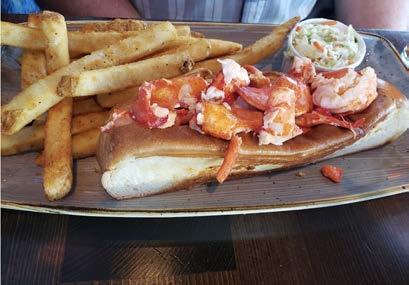
First, let’s talk about what actually goes into a lobster roll. Of course, the main ingredient is lobster. Typically, a lobster roll consists of claw, knuckle, and tail meat. The original version of the lobster roll includes being drenched in butter and served in a hot toasted bun. However, this buttery version is now considered to be the “Connecticut-style” lobster roll. The newer adaptation, which is what most of us are used to being served, is known as the “Mainestyle,” and consists of a mayonnaise base, topped with lemon juice, celery, diced scallion, and sometimes lettuce and herbs. This version is usually served cold, making it a very refreshing salad on a summer day!
Lobster rolls have been enjoyed across New England for years. While some historians believe there is no one to be credited with “inventing” the roll, most people believe that it originated at Perry’s Restaurant in Milford, Connecticut. The sandwich debuted on the menu in 1927, when owner Harry Perry whipped one up for a customer, and the recipe stuck.
After Perry’s invention was so well-received by customers, other restaurants started to quickly catch onto this phenomenon and before you know it, lobster shacks were popping up all along the Connecticut coast. It wasn’t until the 70s that the lobster roll really made its way into the foodie culture, when Red Eats in Maine started boosting the sandwiches. Jasper White is also credited with being partially responsible for the rise in popularity of lobster rolls, especially in Massachusetts. His dressed up version of the lobster roll was enjoyed at his waterfront restaurant in the 1980s.


Well, we may be biased, but we don’t think you can get any better than these six, just to name a few:
BARKING CRAB
LOBSTER CO.


Our Partner Shops along the New England Coast.

Rusticator | Seal Harbor, ME
Leandra Fremont-Smith Interiors | Yarmouth, ME
Anthony Catalfano Home | Wells, ME
J. Grady Home | Gloucester, MA
Living Swell | Marblehead, MA
Molly Booth Interiors | Marblehead, MA
Trellis Home Design | Hingham, MA
Shor Home Furnishings & ID | Provincetown, MA
Chatham Interiors Inc. | Chatham, MA
Mackenzie & Co. | Sandwich, MA
Margo's | Osterville, MA
Lou Lou's Decor | Newport, RI

Maloney Interiors | Newport, RI

Nestled in downtown Newport, Ally Maloney’s wares and talent keep year-round and seasonal residents afloat with her vast experience designing homes on land and at sea.




Nearly 25 years of making Newport more beautiful, Lou Lou’s is the go-to for gifts, art, unique accessories, and interior design services all under one roof!
A burst of color greets all who enter Trellis Home’s friendly space in downtown Hingham, offering lamps to linens to whole house renovation.
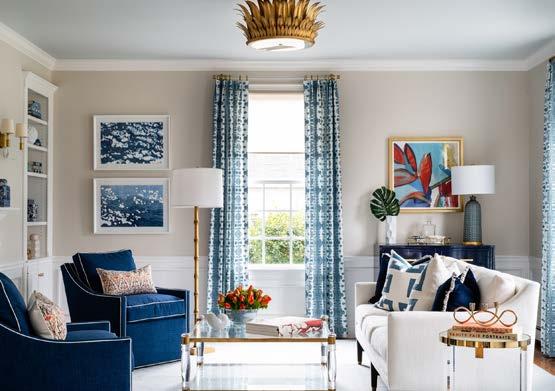
Bringing a more unexpected aesthetic to Marblehead, Living Swell carries an array of earthy and coastal accessories that reflect the variety of interiors for which they are known.



Acclaimed Boston designer Anthony Catalfano elevates coastal New England living with his classic and elegant style in his Wells, ME boutique.


A hop skip jump from Marblehead’s shipyard, Molly Booth loves folks to pop in and see her latest goodies and inspirations for her interior design concern, now in its 25th year.
Located in Annisquam, a charming village within Gloucester, as well as space on Beacon Hill, designer Joan Grady enjoys helping people bring out the best in their surroundings.
In the heart of Provincetown, Shor Home acts as a laboratory for the latest in design, displaying unique pieces and art as well as purveying full interior services.
Yarmouth’s own “Queen of Color,” Fremont-Smith loves peppering traditional design with vibrant hues, imbuing a sense of joy in her interiors.

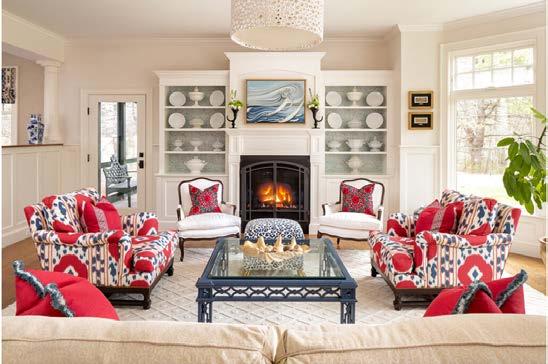

Encompassing two retail shops on Chatham’s historic main street and just recently opening an outpost in Boston’s South End, Chatham Interiors brings its classic and current style to visitors and locals alike.
On the edge of Acadia National Park on Maine’s Mount Desert Island is Rusticator, a warm and welcoming shop displaying furnishings and interior services of its equally warm and welcoming owner, designer Laura Pierce.







ASID NEW ENGLAND & M - GEOUGH PARTNERED FOR AN EVENING OF DERBY FASHION AND FUN!!!





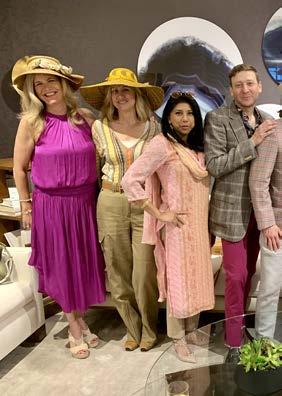




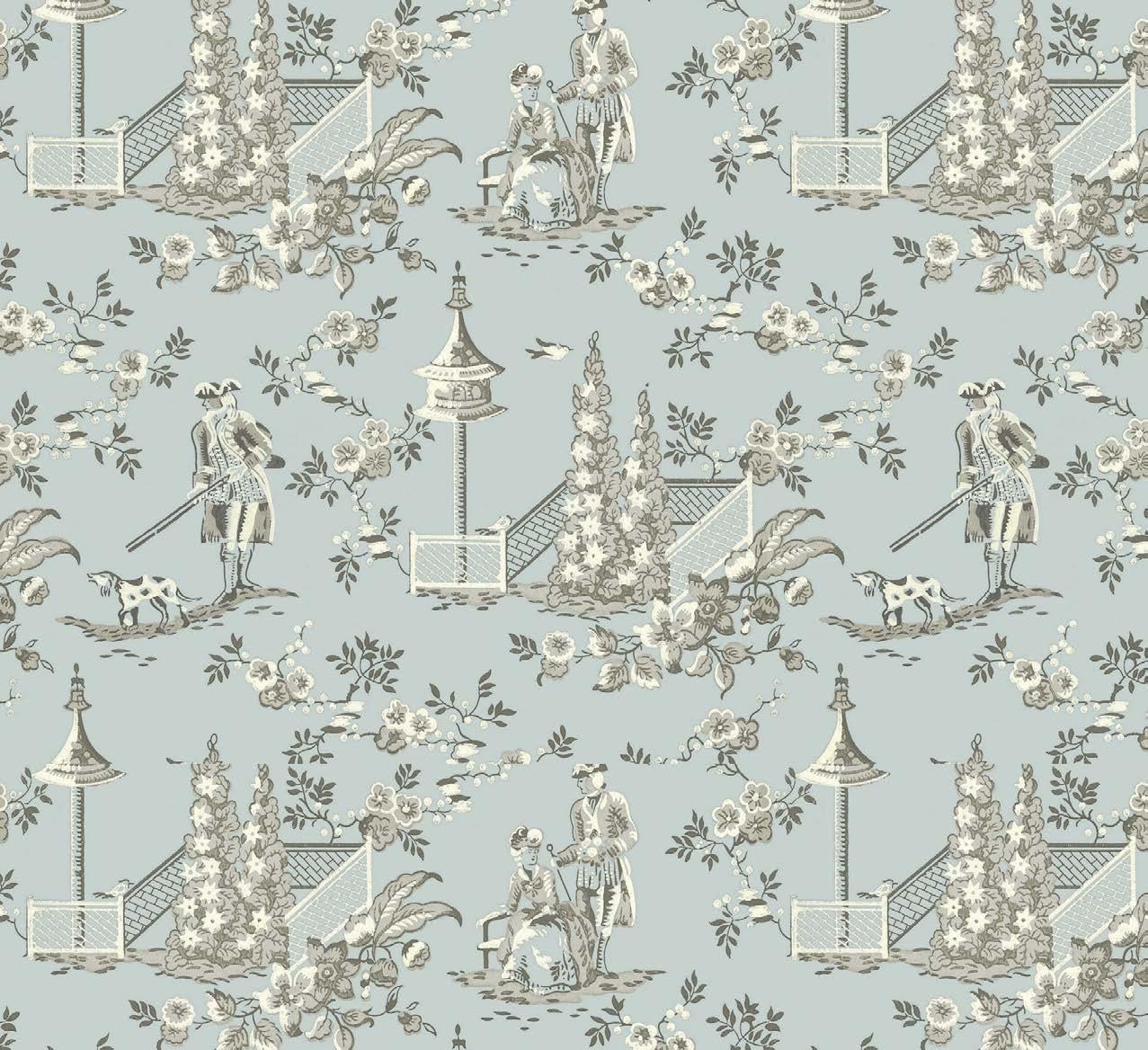



AN EVENING OF DERBY FASHION AND FUN! for Run






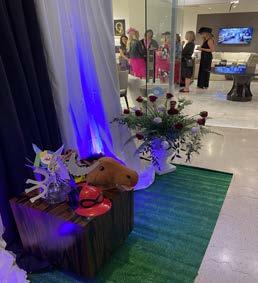


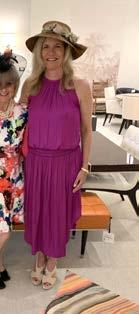











FUN! the Roses SEE YOU MAY 2023!






We asked four interior design experts to share the ins and outs of the best summer dining experiences around.
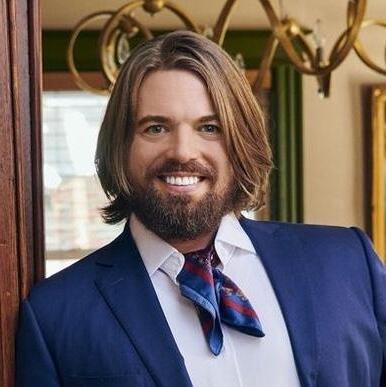
Dane Austin, Principal, Dane Austin Design
Victor’s is my favorite restaurant in Provincetown. The staff is friendly, the atmosphere is sophisticated with great lighting, and the food is thoughtfully prepared and delicious. My must-have recommendations are the Seared Salmon & Ahi Tuna Sashimi Duo, the Coconut-crusted Shrimp, and the Lobster Risotto.
Tracy Mowschenson, Principal Designer, Tracy Interiors
My favorite waterfront restaurant is The Veranda at Chatham Bars Inn. No matter the amount of stress or anxiety from clients or just life in general, I can always look forward to the beautiful water views and a memorable dining experiences with the sand under my toes.
The must haves: Lobster Flatbread, the Cape Cobb Salad or the Lobster Cobb Salad.
It simply is not summer without a visit to the Chatham Bars Inn.

Barbara Kotzen, Kotzen Interiors, LLP
My favorite place to dine on the coast is Straight Wharf on Nantucket Island.
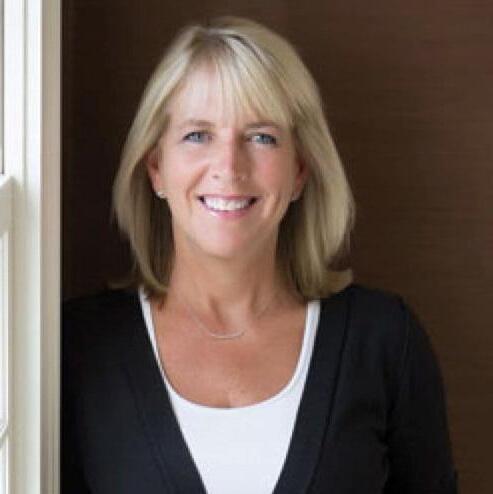
This restaurant has a classic New England vibe overlooking Nantucket Harbor. It is the perfect spot to watch the boats and the sun go down while enjoying cocktails and dinner. There are many delicious items on their menu but the one thing that keeps me coming back for more is their smoked bluefish pate, served with melba toast and pickled vegetables. It is the perfect combination of flavors and a delicious way to start off your meal there.
Kristin Paton, Principal of Kristin Paton Interiors
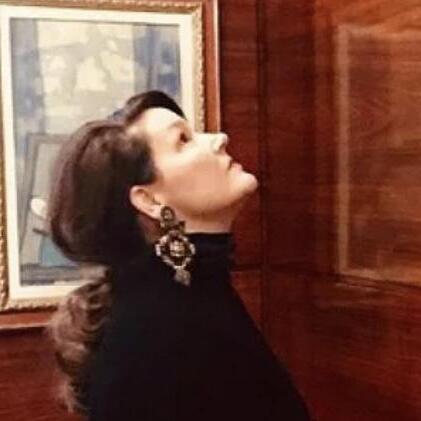

Nantucket : 167 Raw food truck ceviche with tortilla chips. Take it to Cisco beach with a cocktail for the perfect sunset (gourmet quality ceviche in a plastic to go container).
Nantucket : Pi Pizza best Italian for homemade thin crust pizza. As good as pizzeria buffuto in Rome but best to eat in restaurant straight from the oven.
Nantucket: Languedoc Bistro old school French bistro restaurant charming with blue and white gingham table cloths ...nice vibe everyone knows each other .. love many things on menu but the steamer clams and fries with Dijon mustard and the dark chocolate pot de creme for dessert are my absolute favorites.










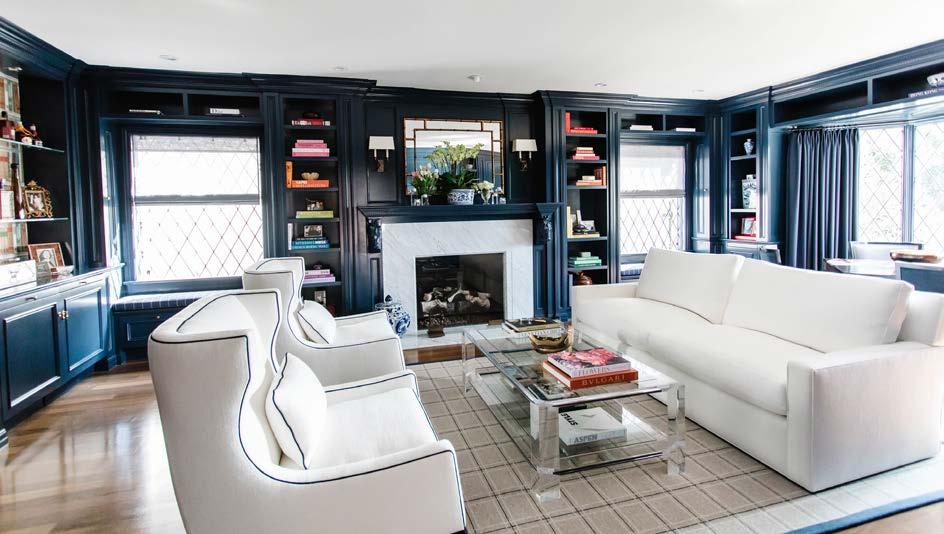
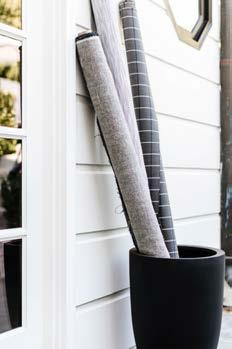
Doheny House – Blue Room . Sofa Upholstered in our Stonewashed Belgian Linen pattern Ravin col Optic White. And the two chairs are upholstered in our Soft Wash Belgian Linen pattern Oviedo col Optic White, and we have used pattern Oviedo col Dark Navy for the trim.
J Samuel Belgian Linens – Italian Blens. This is a simple picture illustrating our range of products from Belgian Linen, to Italian blends, and Solution Dyed Acrylic from Spain. We have range of products to meet requirements across any project. From Left to Right; Stonewashed Belgian Linen pattern Portico col Charcoal, Solutioned Dyed Acrylic pattern Tiburon col Holland Grey, and Solution Dyed Acrylic pattern Cambria col Grafito
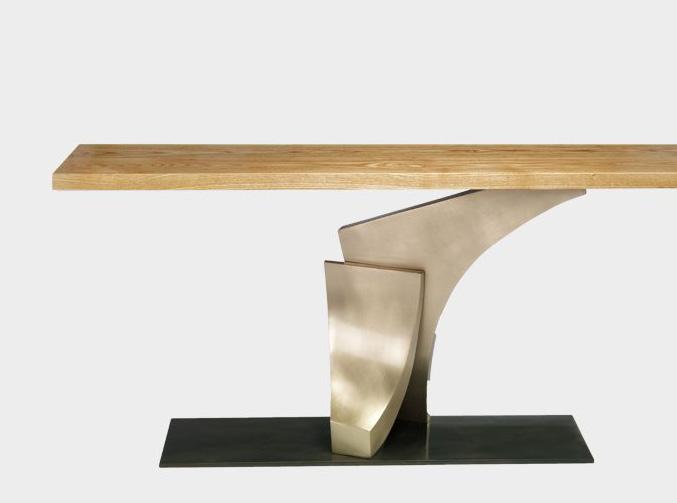
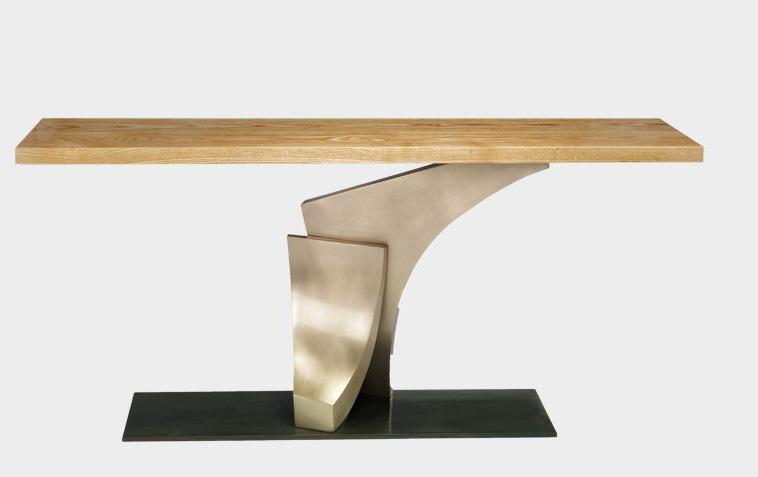


Q


ERINN VALENCICH | Founder & CEO of StyleRow. Founder of ERINN V. Furniture & ERINN V. Design Group
Many successful companies are born out of necessity for the service or product they offer. Sometimes though, the solution isn’t obvious and often the hurdles to go from idea to executable platform are insurmountable. This is why Los Angeles-based entrepreneur and award-winning designer, Erinn Valencich, knew there had to be a better way to streamline the interior design business through software. If Uber could change the way people go from place to place, why couldn’t there be a platform bringing much-needed tools and smart technology to the design office? Again, having a solid idea is one thing, developing an entirely new tech platform another, especially when tech isn’t your background. That didn’t dissuade her, it motivated her. Having recently closed a five-million-dollar Series A, after multiple other rounds of funding from major VC’s from LA & Silicon Valley including Halogen Ventures Jesse Draper, Founders Fund Scott Nolan (think Airbnb, Spotify and Lyft), Dollar Shave Club founder Mark Levine, TaskRabbit co-founder and Fuel Capital partner Leah Busque, and Entrada Ventures, StyleRow is well on its way. Having launched designersubscriptions for their Projects software only last December, StyleRow is doing its part to make designers lives so much easier.
collaborations with brands such as Baldwin Hardware, Universal Furniture, Ambella Home, Fine Art Handcrafted Lighting and Creative Touch Rugs, along with three-other collections launching next year. Why develop StyleRow?
StyleRow was born out of my 16+ years of experience as you mention. When I came up with the idea, back in 2016, the digital IQ of the design industry was so far behind the times. I was fed up with the paper heavy workflow, and moving data manually from one platform or app to another to another just to get the project done. Tech-forward for years, I know firsthand how hard it was to attempt to streamline my business through software, which wasn’t built for design professionals and always fell short. That’s when I decided to build an operating system for the design industry that pulls it all together. That is what StyleRow does. We have been building software now steadily since 2019.
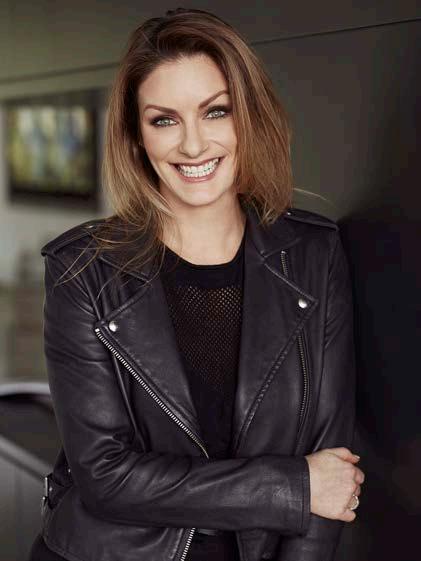
You’ve run a very successful interior design firm for 16 plus years, you’re the visionary behind ERINN V., an 80-piece line of luxury furniture handcrafted in California and available at fine to-the-trade showrooms, and you have
What were some of your initial challenges?
As an entrepreneur for
more than 16 years, I had always been self-funded. In the beginning, I was very hesitant to ask for money. I found someone to help me fundraise, which led to some dead ends, but in the process, I learned how to pitch, create a deck, ask for investment and most importantly, get the word out. I told everyone I knew about what I was doing and asked if they knew anyone who could help. That worked. But it was still a very long, hard road to gain the capital needed to build software and the platform to what it is today.
What was your first early “win,” when you knew StyleRow was going somewhere?
After a year of getting essentially nowhere, I was fortunate to speak on a panel with Barclay Butera at WestEdge and met his head of media, Laiza Cors. After hearing more about my idea over lunch, she suggested I speak to the guys at the tech start up where her husband worked. While it was a commercial real estate platform I figured, “why not?” I followed up and met with the co-founders of CREXi, a platform that did for commercial real estate what I wanted to do for design. They took a fragmented industry with backwards workflows and created a software allowing commercial realtors to put all their buildings for sale on one platform, while also offering back-office workflow tools for the brokers and realtors to connect. The two guys behind it, Mike DeGiorgio and Erek Benz, are amazing. I remember the moment when they said, “We get asked all the time to help founders, and honestly we don’t have time, but this idea is amazing and we want to help you.” They then completely changed my trajectory of whom I was talking to and what I was doing. They took me under their wing…that was a huge win and changed my path. Erek then came on board full time as our COO in 2019 when we raised our seed round.
What came next?
They connected me with TulaCo, the company that built their platform. I met the co-founder Steve Lackenby, he loved the idea so much he pretty quickly agreed to become my CTO. The TulaCo guys personally invested and started building the platform. I was so fortunate to have met them, as Mike and Erek introduced me to all of their investors in L.A., plugging me right into the tech scene here, which laid the foundation for future meetings in San Francisco. From there it’s been all about iterating, getting the platform to the next level, re-investing in what we’re building, growing the team, and building more awesome software for designers! Our marketplace brands are on the platform to connect with designers and help keep the industry connected. Discovery is a big part of why a designer and brand would be on StyleRow.
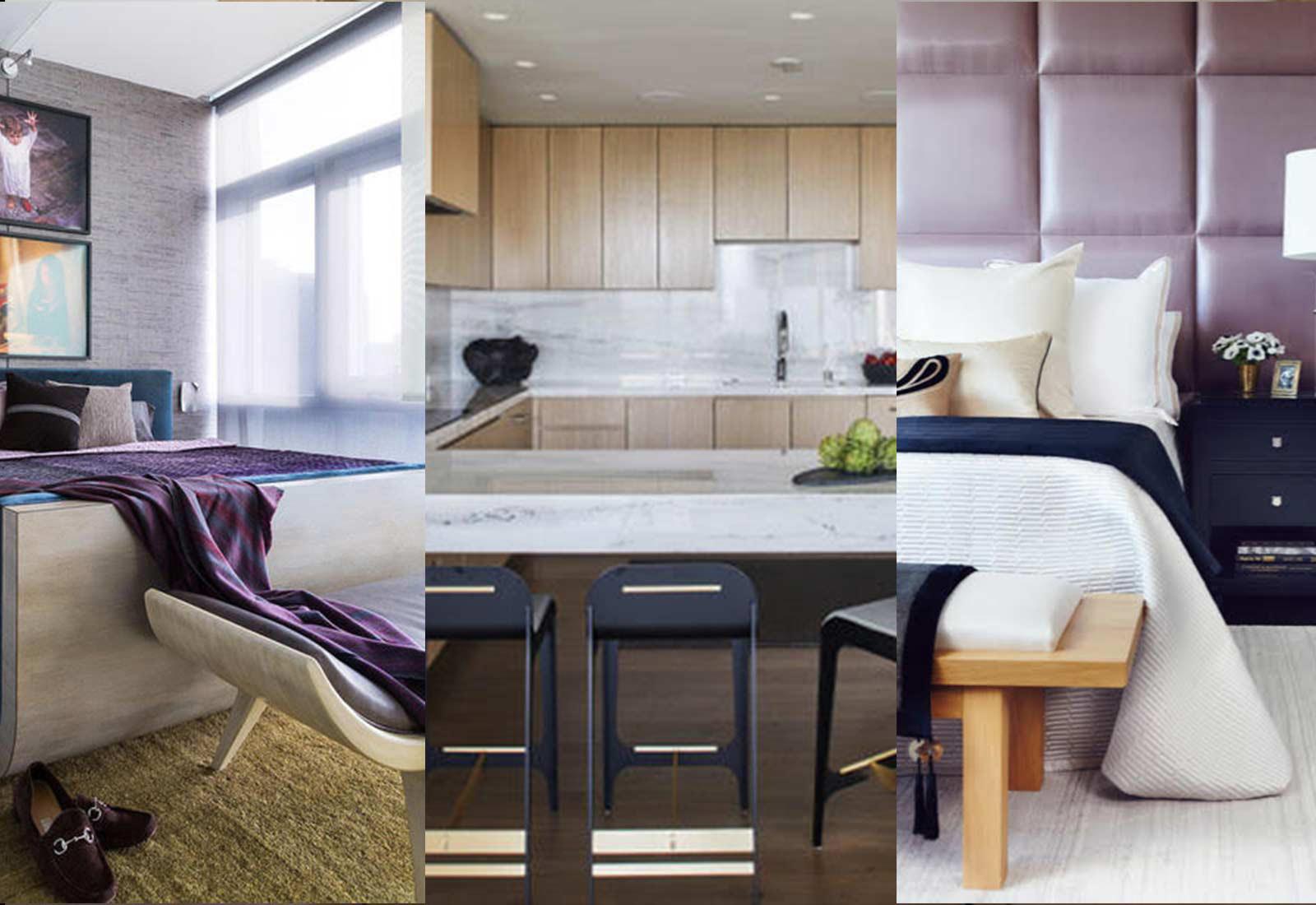

What was it like raising your first pre-seed round of $600,000?
It was really hard. I know the design business really, really well. I know what the platform needs to do, and I know the workflows as a designer, a showroom and a vendor because I am all of them. But what I didn’t have was tech experience. I had no experience running a development team or what code looked like, so I knew I needed to stack my team with that experience.
Thankfully having a sharp CTO and smart investors in our early stage—we raised a little bit of money, around $117,000—and started building the product. Five months later, we had a demo that I was able to show potential investors and really demonstrate what I was talking about. At that point, it was a lot of pounding the pavement, leveraging every contact and network possible. It’s massively time-consuming. Fundraising is a full-time job; I talked to at least a hundred
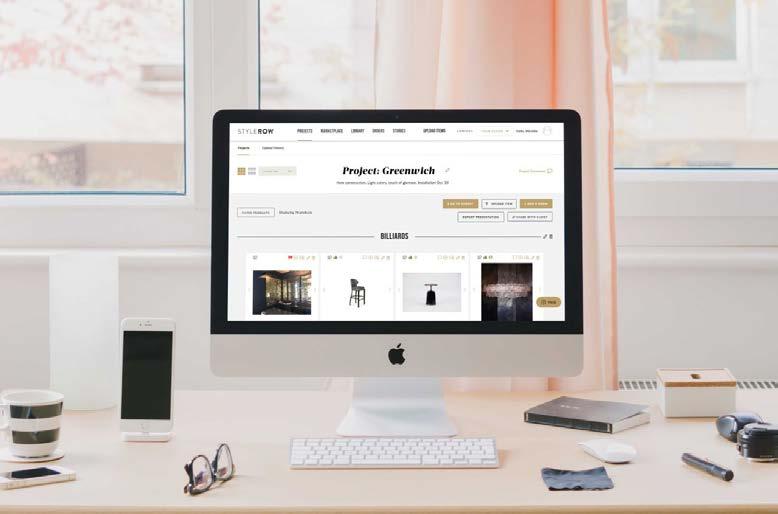
archaic industry still mailing checks and talking about faxing in forms, many investors weren’t interested because I wasn’t a “technical founder.” Meaning, I wasn’t writing code myself.
How were you able to persevere given that feedback and find investors that got it and you?
Alot of [investors] say, "I love this, but you're TO EARLY FOR ME RIGHT NOW. COME BACK when you're not just selling an idea; when you have the product built; YOUR REVENUE; WHEN YOU HAVE your first customer… I HEARD IT ALL.
people to raise that first round. Even with my almost two decades of industry expertise, being a woman helming a software company (who hadn’t built one before) in an
I knew it was the right idea. I knew that every designer I spoke to was desperate for a better way to work, so I just had to find the right investors that loved design and got the space and saw the massive opportunity to bring this behemoth industry online.
Every investor has his or her own list of interests. So, the first question I had to figure out was “are they even interested in my space?” If they’re not, they pass. You have to think of it like speed dating. You won’t marry them all, you have to kiss a lot of frogs. But often, it’s not obvious information to find out what they, as investors, are interested in. I don’t know these people, so you end up having to have many phone calls to find out. They have to like you; they have to love your idea and they have to know that you can stick with it and push this baby out into the world. But they also must think that you are solving it the right way and that they believe in your ability to execute and stay focused.
When you closed your first, pre-seed round in June of ’18 tell us a bit about where the product was at this point?
After closing our pre-seed, we went right into building our Product Library which lets designers save product they love in one place, allowing their entire team to access their personal database. We also started building the marketplace side of the site so that we could pull in a brand's catalog and configure products. Early on, we on-boarded 90+ top furniture brands and showrooms. Gina DeWitt, the president of Kneedler Fauchère was (and is) a huge supporter. I presented to heavy hitters, names like— Donghia, Dakota Jackson, Hellman Chang, Quintus, Kravet, Stark, etc. I went in and just told them in simple terms, “This is what I'm building for our industry. Support me, please. Here are all the benefits that you're going to get.” Most of them responded so genuinely, with comments like “Thank you for building this. Someone needed to tackle this mountain—to do it right and to do it for the whole industry.” And for the last many years, it’s continued to evolve. The business model changes, the more we build and learn, we are also trying to help our brand partners succeed as much as we are wanting our designers to succeed. It’s a lot of fun- but also two businesses in one!
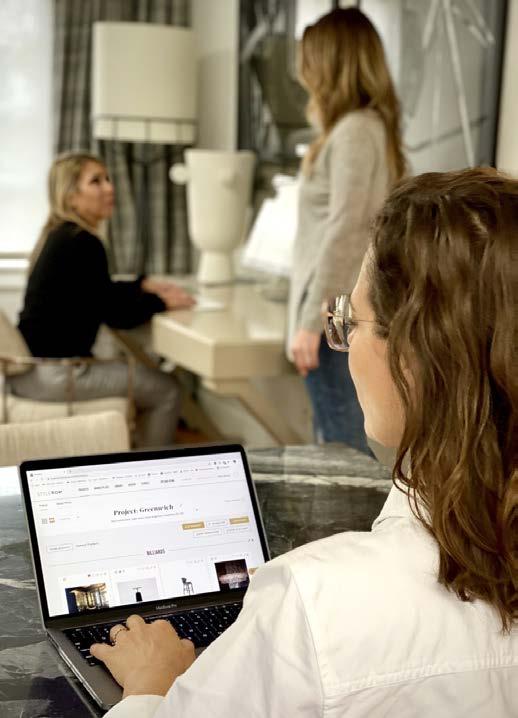
about what they want to see. I went back to all of them, as ultimately what an investor wants to see is progress. They want to see that you can build something and you're going to do what you say. The actual percentage of founders who build and garner customers is relatively small. So, for our seed round, I was able to show that 90+ top brands on board and 900 of the country’s top design firms who purchase nearly a billion dollars of product a year are on our wait list and commonly saying, “Thank you for building it. You’re going to change my life.” Now we have over 250 brands, and 40,000 luxury products that can be discovered across 20 categories.
Tell us about some of the seed round investors. We understand you secured some pretty big names early on-congrats!
Yes, thank you. I feel so fortunate to have secured L.A. based Jesse Draper of Halogen Ventures as our lead investor in the seed round. She invests exclusively in female founders, and is a big believer in the industry and StyleRow. I'd been courting her for almost two years. Once she was in and leading the round, things moved a lot faster with others
How did raising the seed-round of funding in 2019 change from the first round of investor conversations?
I kept a huge Google doc of everyone I'd ever talked to and what they thought, what they said. Are they interested? A lot of them say, “I love this, but you're too early for me right now. Come back when you're not just selling an idea; when you have the product built; when you have your revenue; when you have your first customer.” I heard it all. Every investor has their own restrictions and requirements
willing to give it another look. Next in was Dollar Shave Club co-founder Mark Levine which led to other big names like Scott Nolan, at Founders Fund—one of the biggest venture funds in the world based in San Francisco; Leah Busque, the former CEO and founder of TaskRabbit, and Chris Howard from Fuel Capital. We suddenly went from having about $1.5 million committed to just a few days later, being overcommitted and having to turn investors down. We capped the round at $4 million.
You’ve raised two subsequent rounds of funding- a seed B-$3M in early 2021 and now an additional $5M. Congrats on that!
Continued on page 55

Thank you. It’s amazing to look back at all the progress we have made as a business. Now our users have over $1 billion worth of products in their projects on the platform. We have some massive names in our marketplace as well- Baker, Eicholtz, Theodore Alexander, Moooi and more. Our goal is to now empower our users with financial transactions on the platform. So instead of using QuickBooks or PayPal for payments, they will be able to collect client funds and send payments to vendors all via StyleRow.
Speaking of, let’s talk a little more about the product itself. How exactly does StyleRow serve to solve the industry’s archaic ways?
Designers end up spending about 80% of their time doing administrative duties, order processing, scheduling and logistics and only 20% on creative. Luxury furnishing brands sell to designers and architects via fax and archaic methods. Sharing products digitally with clients and design teams is difficult and not efficient; there is no e-commerce in highend furnishings either. Purchasing is overly time consuming and so much time is lost tracking things down. My goal was to make technology easy and accessible for the luxury design market and help designers and architects streamline their workflow by creating one platform to do everything they need to do. StyleRow is designed to follow the entire design process—starting with a digital product library that allows designers to save all their favorite items to shop latermoving into budgets and presentations, through sourcing in our trade-only marketplace and sharing product with clients in a beautiful, digital presentation. Our software tracks all the communication and gives designers a mission control from which to run their projects all the way through invoicing and order management
Tell us more about the Projects functionality on StyleRow.
Our Projects tool rolls together the visual reference of a Pinterest board with communication tools, and replaces Excel and Keynote/Power Point. StyleRow lets designers do the entirety of their project in one window, instead of moving data back and forth, back and forth between these other systems. The amount of time lost by repetitively building out the same project in a different format, and then building your budget in Excel and having to go back and forth is a waste of time. In StyleRow, users can access their project and budget data simultaneously. You can also share all the items you’ve curated in an interactive client presentation to track client feedback and comments. No more text chains and late-night emails. Clients tend to use their dashboard to funnel all item-based feedback to their design team. It helps keep everyone on track! Designers can export anything they need in their project to Excel as well, or to Power Point if they like to present that way.


by Sarah Lawson, Owner & President of S+H Construction

or moisture can seep in. This could mean caulking the window frame or resetting windowpanes in historical windows. Storm windows can also make all the difference in keeping the weather out. But if there is a steady draft coming in when the window is closed, it might be time to bite the bullet and do some window replacement or have them professionally repaired.
2 | FIND THE GAPS ON THE EXTERIOR
Windows are the most obvious spots of heat leaks, but they’re not the only ones. Cracks and gaps in your home’s exterior can also affect the energy efficiency of your home. Yearly inspections are a good thing anyway, especially if you live closer to the salty, ocean air. Mold and rot are easier to fix when caught early. Repaint wood as necessary, too, to avoid mold and rot in the first place.
The most important thing is to caulk any holes or gaps left behind by TV cable installation, dryer vents, or other access points drilled through the exterior. Not only does this let out the warm air, it also lets in the critters!
3 | TUNE UP YOUR HEATING SYSTEM
Make sure your heating system is tuned up and working at peak efficiency. That’s never been more crucial than now as heating costs are up by 20% or more. If you have an older unit, maybe it’s time to replace it with a newer high-efficiency model.
When we think of design, we usually think of the visual appeal of a space. But in New England, buildings can’t just be pretty, they have to be able to handle the weather. New England winters can be brutal. Not just cold but also damp, and if you happen to reside near the ocean, salty too. With heating costs continually on the rise, it’s time to batten down the hatches and make sure your home is as warm, winterized, and protected from the elements. Here are six tips on how to make your home ready for winter.
1 | SEAL YOUR WINDOWS
If you have older windows, they may need some TLC before winter sets in to ensure they are airtight. You don't want any gaps where cold air



Ice damming over the winter can lead to leaks and problems in the spring thaw. But you can reduce damming by cleaning out your gutters (or, better yet, hiring a professional to do it for you), and making sure your roof is well-insulated.
Ice dams are caused by insufficiently insulated roofs. Without enough insulation, heat from toasty living space can rise up and melt snow on that part of the roof. Water runs down the roof and straight into totally frozen ice and snow sitting on the eaves, which are not over warm living space. This causes the water to freeze and back up under the shingles, which creates leaks. The solution is a wellinsulated roof, which allows the snow on your roof to melt at the same time (when the weather warms up) and run into the gutters. Roof insulation also makes your house warmer in the winter and cooler in the summer!
This may sound like a “yard” item – and it is – but it will also help protect your house from the winter months. Ice storms, heavy snow, and strong winds during winter and spring can easily bring down limbs including those overhanging your roof. The last thing you want is a huge hole in your home in the colder months! The highest priority should be dead or dying limbs. Hire a tree expert to inspect and to take down these limbs as necessary.

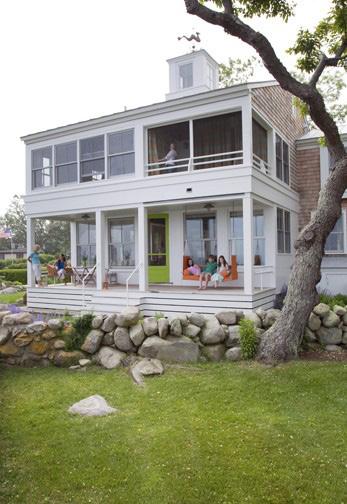
If you have ceiling fans in your house, reverse them to create an updraft when the furnace is running. This may seem counter-intuitive since heat rises – why would you want to pull it up even farther? But trying to push down the air is a losing battle. Going with the updraft slingshots the warm air into the ceiling faster, creating a convection that sends the warm air back down to heat your room rather than leak out through the ceiling. This method can reduce energy use by about 15% by some estimates, though of course it depends on many factors including the number of fans you have, the size of the rooms, the height of the rooms, and so on.
Sarah Lawson is owner/president of S+H Construction, a highend residential construction company based in Belmont, MA, recently named ""Best of Boston"" by Boston Magazine. For more information on S+H, visit the company website at shconstruction.com. Tune into ""Builders Notebook: The Podcast"" hosted by Sarah Lawson, and renovation and real estate expert Bruce Irving on Spotify, or wherever you listen to podcasts.
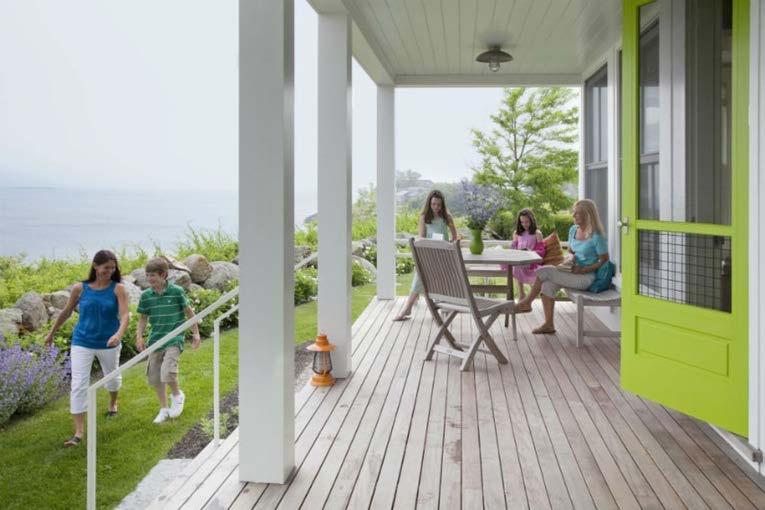
Creative Director, Eric Haydel, recently visited with Amanda Schneider, Founder + President of ThinkLab, over a zoom call sponsored by GE Monogram Luxury Appliances.
Amanda is passionate about studying the latest in workplace trends that are leading architecture and interior design companies to think differently about their business strategies for the future.
Here are five tips to re-think and manage your business around economic fears that were gleaned from this conversation.
1. Focus on the team. Frequently when businesses see a slowdown, management will overreact and lay off employees to solve an immediate problem. Instead, focus on diversifying each person’s role to cover the bases needed to sustain the business. It’s never too late to teach the team new ways to work together.
2. Review how you work. There’s no better time to look over your contracts,

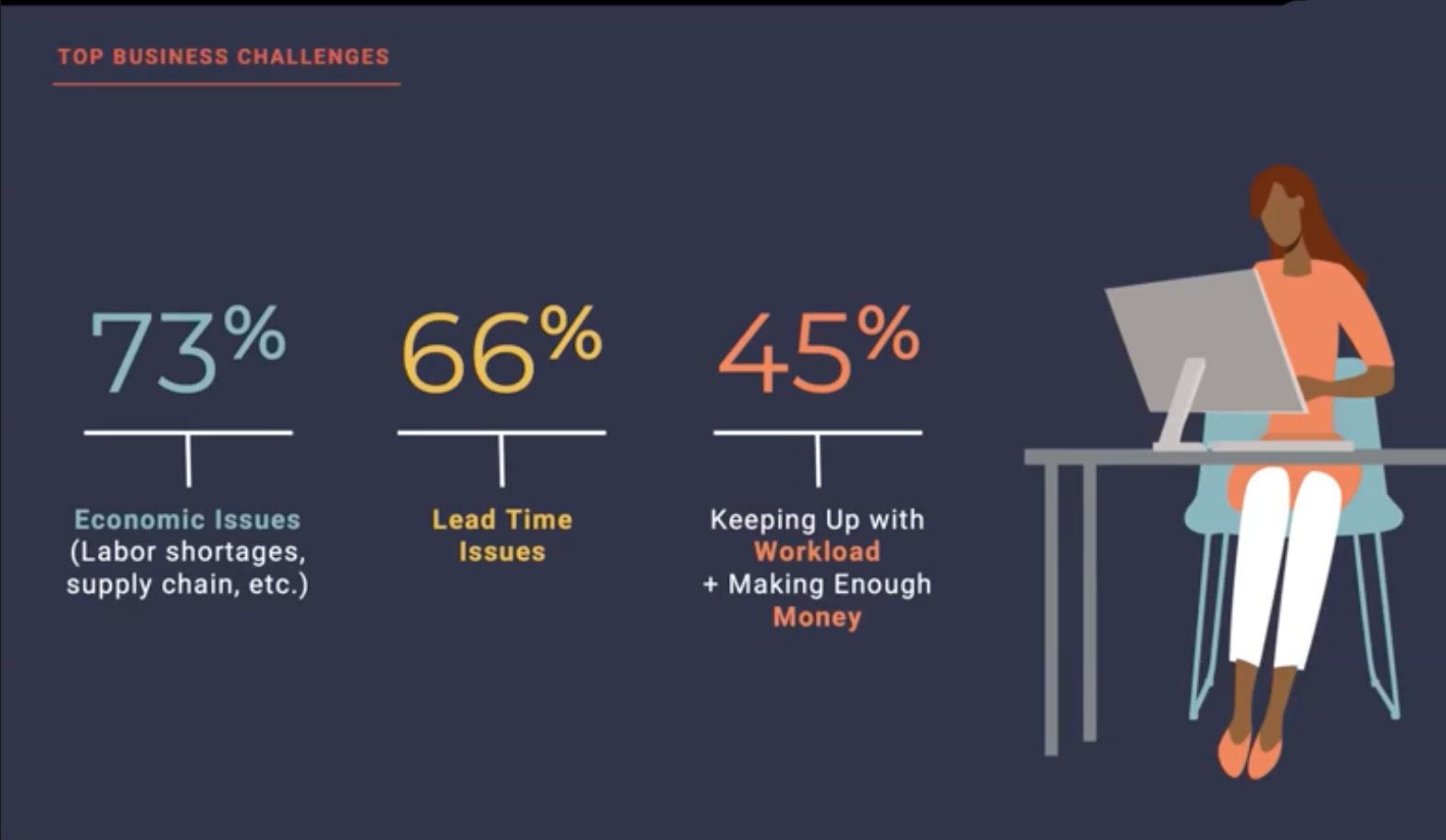
billing practices and terms of sale. Many professionals admit that they haven’t updated those terms since they first opened their practices. The American Society of Interior Designers offers a great step by step guide to improving contracts and offers boiler plate layouts that are easy to use.
3. Look for ways to be more transparent. The key to this is to first be honest with yourself. In today’s business climate, your clients will shop you, they will try to find a discount, they will always question the value in what you’re charging. Be ahead of the game. Nothing erodes a relationship like misleading a client about markup or how much you are paying for a product. Take time to look at how you can set yourself up to share more with your client and build greater trust.
4. Book a lunch. Plan for coffee or take a client out to dinner. Nourishment is necessary and what better way to thank a client for business and ask them for more business than partaking in a meal. Design professionals should remember that much of our job is about selling a personal service and spending more time face to face only builds the network.
5. You are not alone. So many times, when challenges arise in our business, we feel alone. Remember there are others around you who can be amazing mentors, advisors, or cheerleaders. They have often struggled and experienced burned out, your colleagues can be the best business to guide you through this time.
To hear more of the conversation and learn more about ThinkLab and the Monogram
Collection click the links below.
About ThinkLab
ThinkLab is the research division of SANDOW Design Group, where we leverage SANDOW Media’s incredible reach to the architecture and design community through brands like Interior Design Media, Metropolis, Luxe, and Material Bank with proven market research techniques to uncover relevant trends and opportunities for the design industry. Join in to explore what’s next at thinklab.design/join-in.
About Amanda Amanda Schneider, LEED AP, MBA is a researcher, writer, and founder of ThinkLab. Amanda is a strategic thinker with a strong background including industrial design, market research, product management, sales, and strategic launch practices with a breadth of companies within the interiors industry.




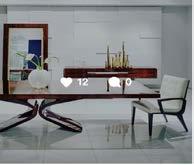
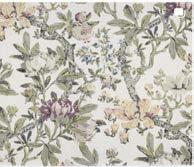



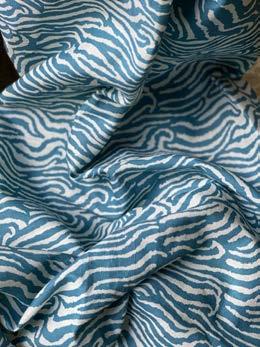

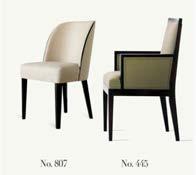





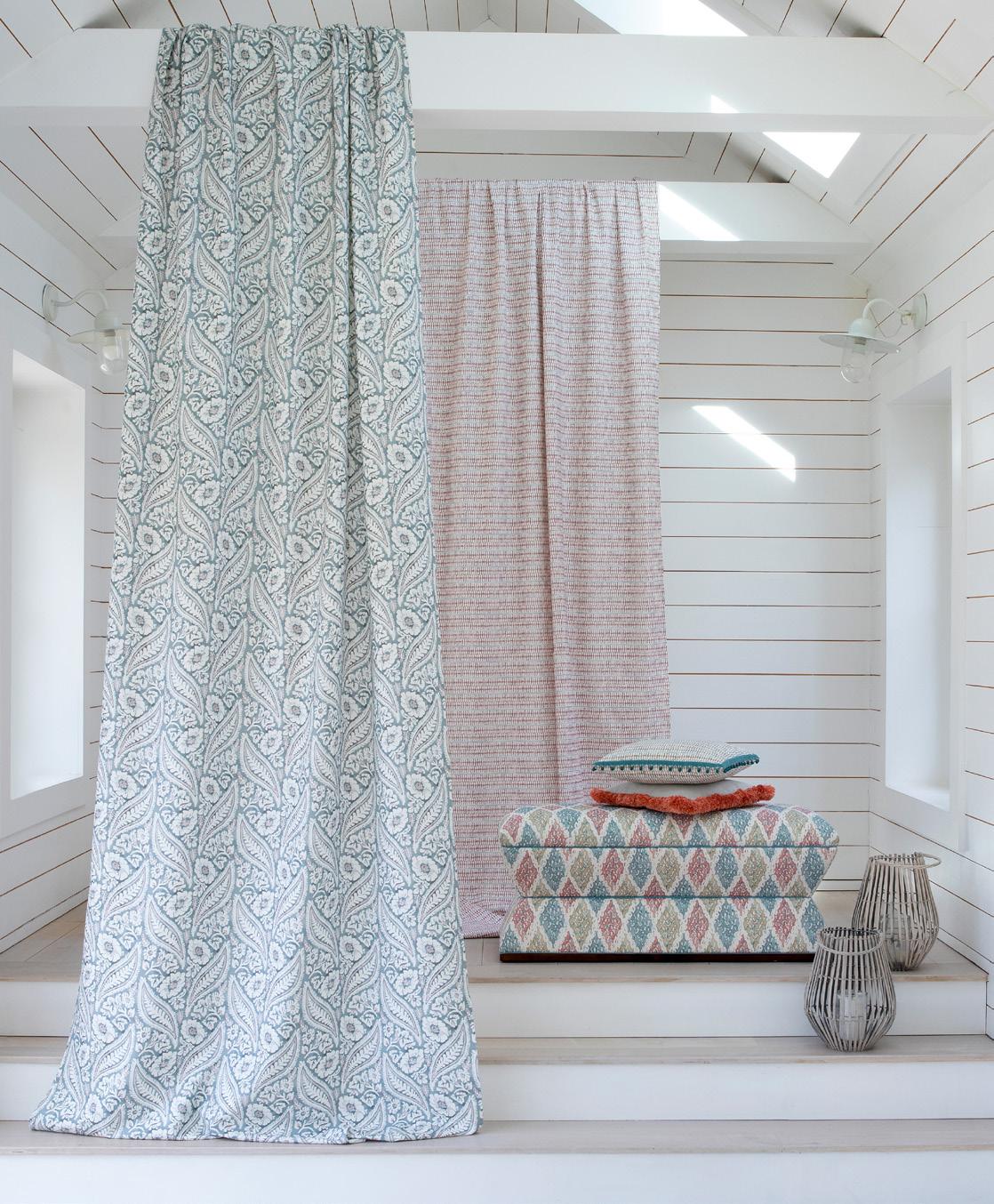
Introducing the ANTIBES COLLECTION
Five Books Past and Present to Inspire Your Seasonal Reading List
ZUBER: TWO CENTURIES OF PANORAMIC WALLPAPER
by Brian Coleman (Author), John Neitzel (Photographer)
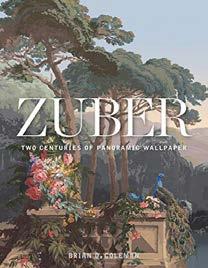
Luxurious homes, from the New York to South Carolina to Scotland and France, featuring woodblock printed panoramic wallpapers from the premier French manufacturer Zuber & Cie.
BRANDING + INTERIOR DESIGN: VISIBILITY AND BUSINESS STRATEGY FOR INTERIOR DESIGNERS
by Kim Kuhteubl
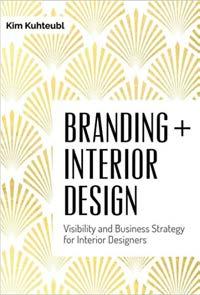
The home goods market in the United States is the largest market in the world. So why do some interior design firms thrive while others barely survive? The answer lies in one powerful little word: brand. More than a pretty logo, it involves telling the story of your distinct point of view--who you want to serve and why you do business--and it's a process that happens from the inside out. This book bridges the gap between designer and design leader and shows pros how to define, value, and communicate their vision; find clients who are a fit; and master the art of being visible. Worksheets give designers the tools to learn these strategies and apply them to their work. It also includes candid conversations with design leaders such as Barbara Barry, Rose Tarlow, Kelly Hoppen, Vicente Wolf, Christiane Lemieux, and Martyn Lawrence Bullard..
THE WELL-LOVED HOUSE: CREATING HOMES WITH COLOR, COMFORT, AND DRAMA by Ashley Whittaker (Author), Christopher Spitzmiller (Foreword)
In her first book, Elle Decor A-List decorator Ashley Whittaker shares the secrets of her colorful, pattern-filled classic rooms.

AT HOME ON THE WATER by
Jaci Conry
At Home on the Water offers a history of coastal living and features twelve homes on the water on both coasts and the gulf. This stunning title focuses on both the design of the homes and the way the homeowners live in them, embellished by interviews with homeowners, designers, and/or architects.


COASTAL BLUES: MRS. HOWARD'S GUIDE TO DECORATING WITH THE COLORS OF THE SEA AND SKY by
Phoebe Howard
From design expert (and interior design readers’ favorite) Phoebe Howard comes a new book focused on decorating with beautiful blue color schemes. Coastal Blues is a glorious decor book filled with inspiring images of beach houses, seacoast getaways, vacation cottages, and luxurious seaside manors. It is also a hardworking how-to-get-the-look book that offers solid interior design and styling advice. Featuring brandnew, never-before-published projects, every page reflects the ease and casual elegance of shoreline living. With chapters such as Sea Glass (brilliant blue color schemes), Indigo Bay (true blue schemes), and Ocean Mist (pale blue schemes), Phoebe Howard shows design lovers how to make the coastal style modern, fresh, and very much their own.

For many design professionals, their ability to chart out a process is one of the toughest parts of the job. What software to use? How do I market my skills? Who will help with my sourcing and selections? With each question comes new challenges and with new challenges come new opportunities to grow!
SHARE WITH US YOUR BEST ADVICE THAT YOU’VE LEARNED ALONG THE WAY.
WAS IT A PIECE OF DESIGN THEORY? OR WAS IT ALL LEARNED IN PRACTICE?
IIDA NE DESIGN AWARDS
WEDNESDAY, SEPT. 14, 2022, 5:30-8:00PM
BOSTON PARK PLAZA, 50 PARK PLAZA ARLINGTON, BOSTON, MA 02116
SPARK EVENT | IIDA NE
FRIDAY, SEPTEMBER 23, 2022, 12:00-1:00PM
VIRTUAL EVENT: ZOOM
ART UNCORKED | IIDA
WEDNESDAY, OCTOBER 5, 2022, 6:00-9:00PM
LOCATION: TBD
PROFESSIONAL DEVELOPMENT INSTITUTE:
BASICS OF PUBLIC SPEAKING SKILLS: ELIMINATE MYTHS, REDUCE ANXIETY | NAIOP
FRIDAY, OCTOBER 7, 2022, 9:00-11:00AM LOUNGE AT ALLSTEEL
200 STATE STREET, BOSTON, MA 02109
FALL MARKET
OCTOBER 18 - OCTOBER 19, 2022
BDC, ONE DESIGN CENTER PLACE
BOSTON, MA 02210
HOLIDAY STROLL
DECEMBER 8, 2022
BDC, ONE DESIGN CENTER PLACE BOSTON, MA 02210
BOSTON STATE OF THE MARKET | BISNOW
OCTOBER 20, 2022, 8:00-12:30PM
LOCATION: TBD
FASHION SHOW | IIDA
THURSDAY, NOV. 5, 2022, 6:00-11:00PM BIG NIGHT LIVE
110 CAUSEWAY ST, BOSTON, MA 02114
OCTOBER 18-19, 2022 A LOOK INSIDE THE ART OF DESIGN
BOSTONDESIGN.COM #BOSDESIGNMARKET
BOSTON DESIGN CENTER

TO LEARN MORE ABOUT EVENTS JOIN OUR MAILING LIST HERE



In 1951, minimum wage was $0.75 p/hour. The average income with $3,300.00 annually. A gallon of gas was $0.27. The New York Yankees won the MLB World Series and most importantly, James M. M-Geough, Sr. founded our company.

Opening his doors at 14 Newbury Street in the fall of 1951, James M. M-Geough, Inc. charted the path which would become our legacy as we know it. This showroom became one of the first to-the-trade resource in the New England market for the interior design.
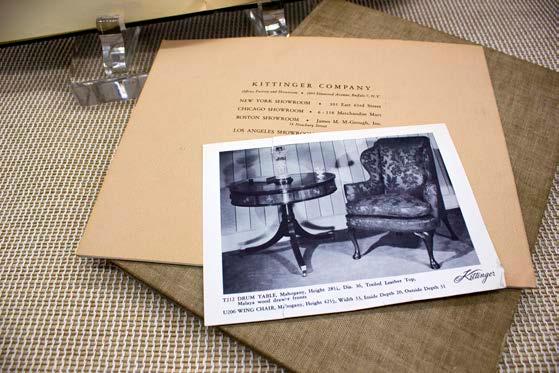



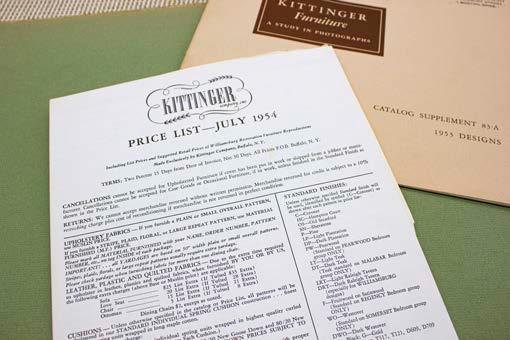
James Sr., after spending time working in the mid-west, returned home to represent Kittinger Furniture brands to the market. From our archives we find some of the original sales books, price lists and marketing pieces from the early days. Imagine: $180.00 for a swivel chair or $250.00 for a sofa?

The M-Geough Company, as it is known today, proudly represented Kittinger until it closed and went out of business, from 1951 until 1999.

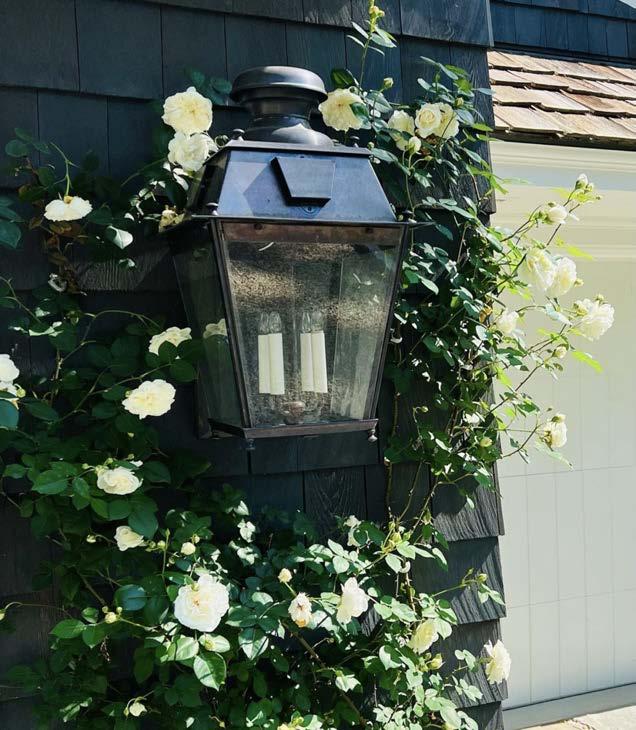


A.Rudin
Artifacts International
Borderline Fabrics
Boyd Lighting
Bramalta Inc.
Calvin Fabrics
Charleston Forge
Christopher Spitzmiller
Dakota Jackson
Dani Leather
Dogwood Fabrics
DuFour Fabrics
Eric Haydel
Erinn V.
Grag Studios
Hazelton House
Henry Royer
Isobel Fabrics
J. Samuel Textiles
Jacques Bouvet et Cie.
Jasper Furniture & Fabrics
Johnstons of Elgin
Julian Chichester
Keith Fritz
Knowlton Brothers
Kolkka Furniture
Korla Fabrics
Marvic Textiles
Matsuoka Furniture
Matthew Studios
Maya Romanoff
McLain Wiesand
McLean Lighting
Minton-Spidell
Mulligan’s
O’Hara Studio
Paper Mills
Phoenix Day
Robert James Collection
TDC: The Design Connection
Templeton Fabrics
Thomas Strahan Company
Twigs Fabrics & Wallpaper
Waterhouse Wallhangings
